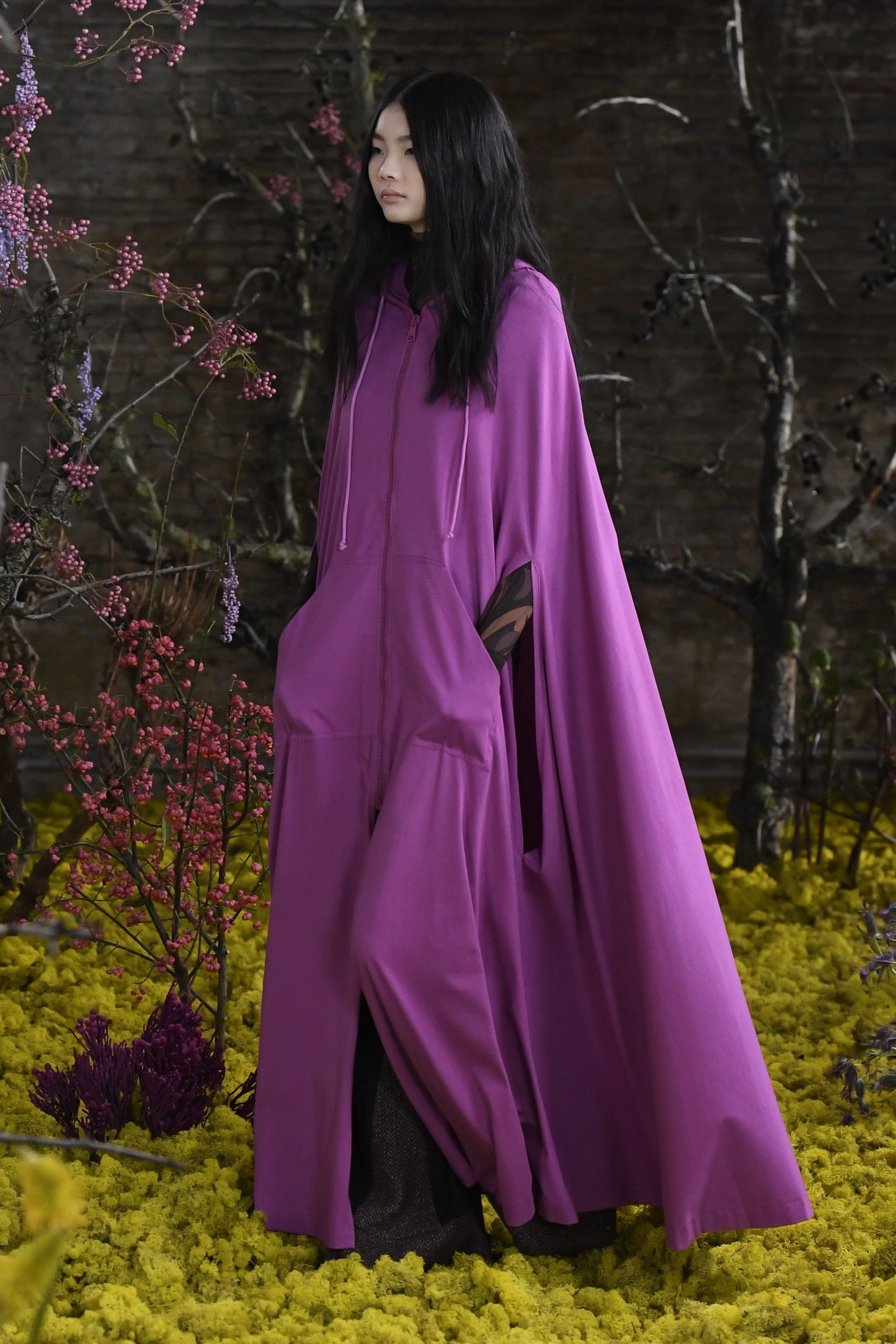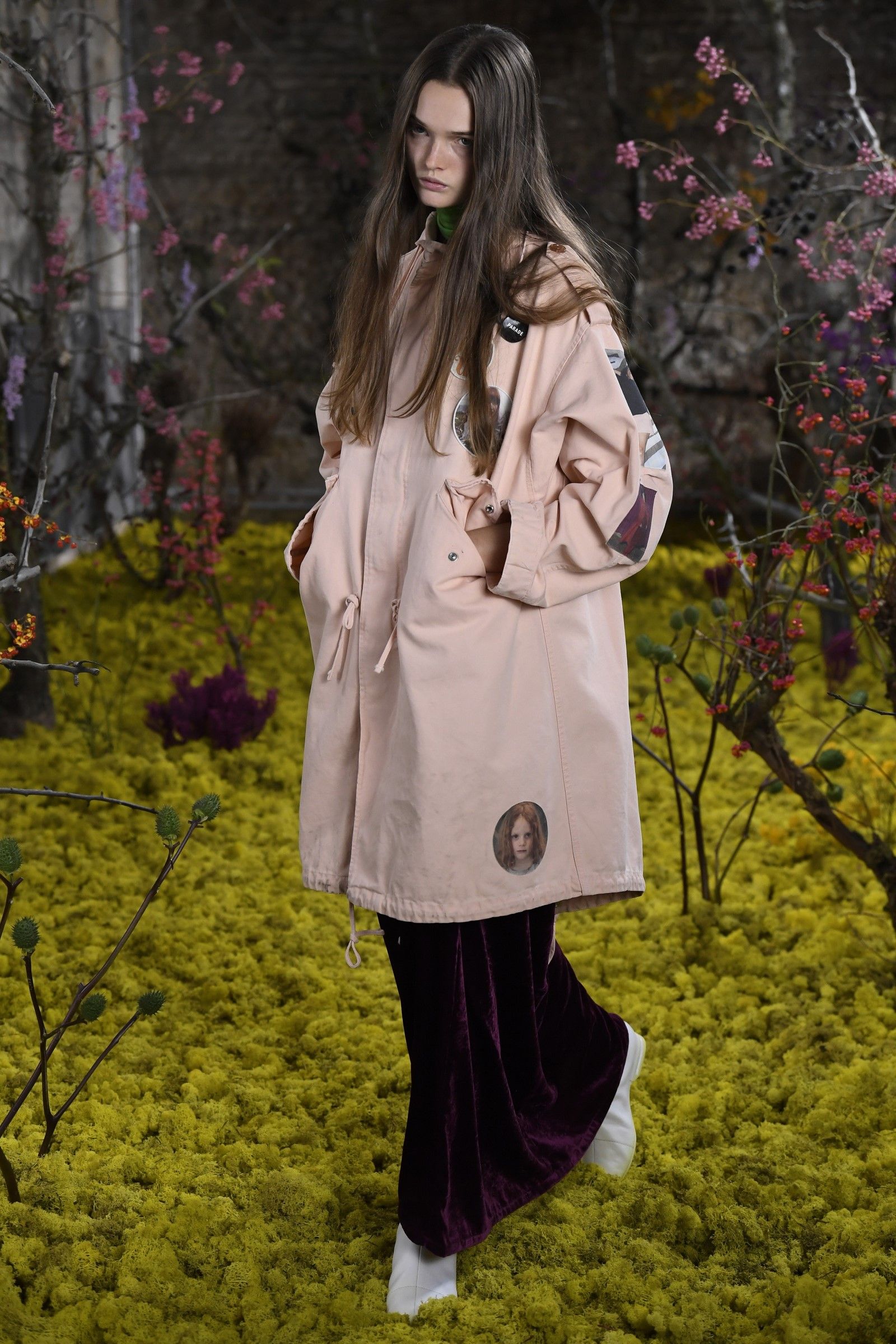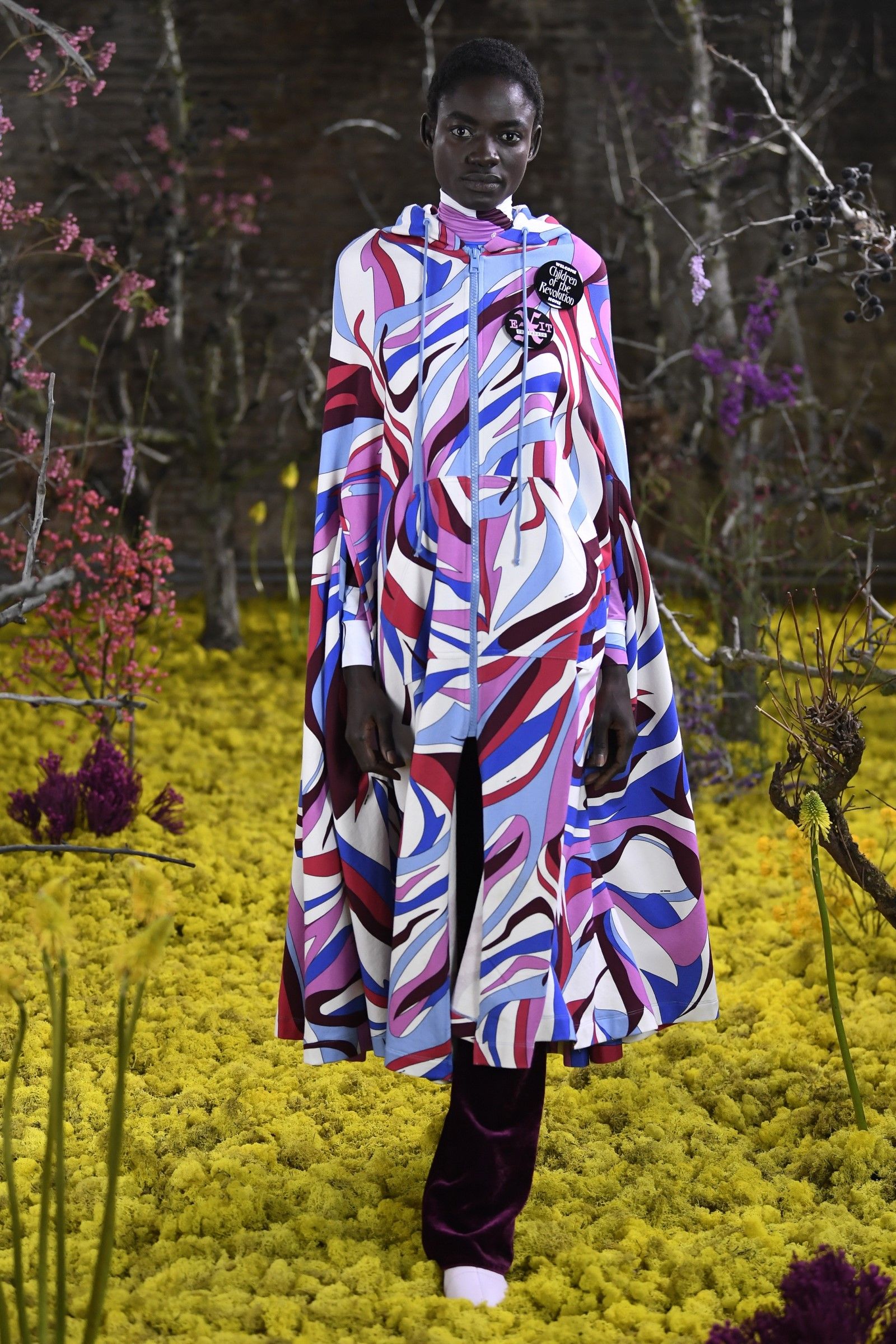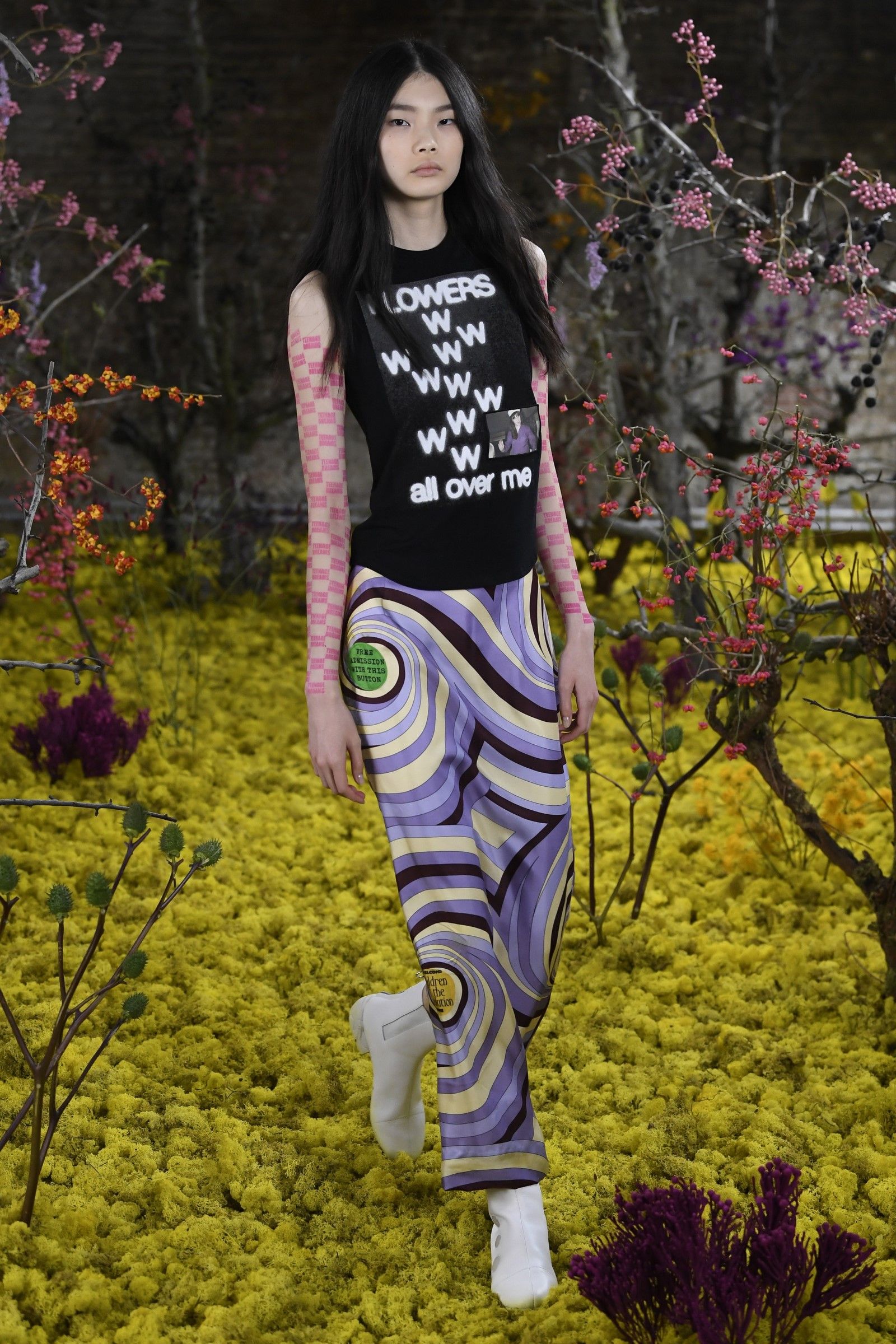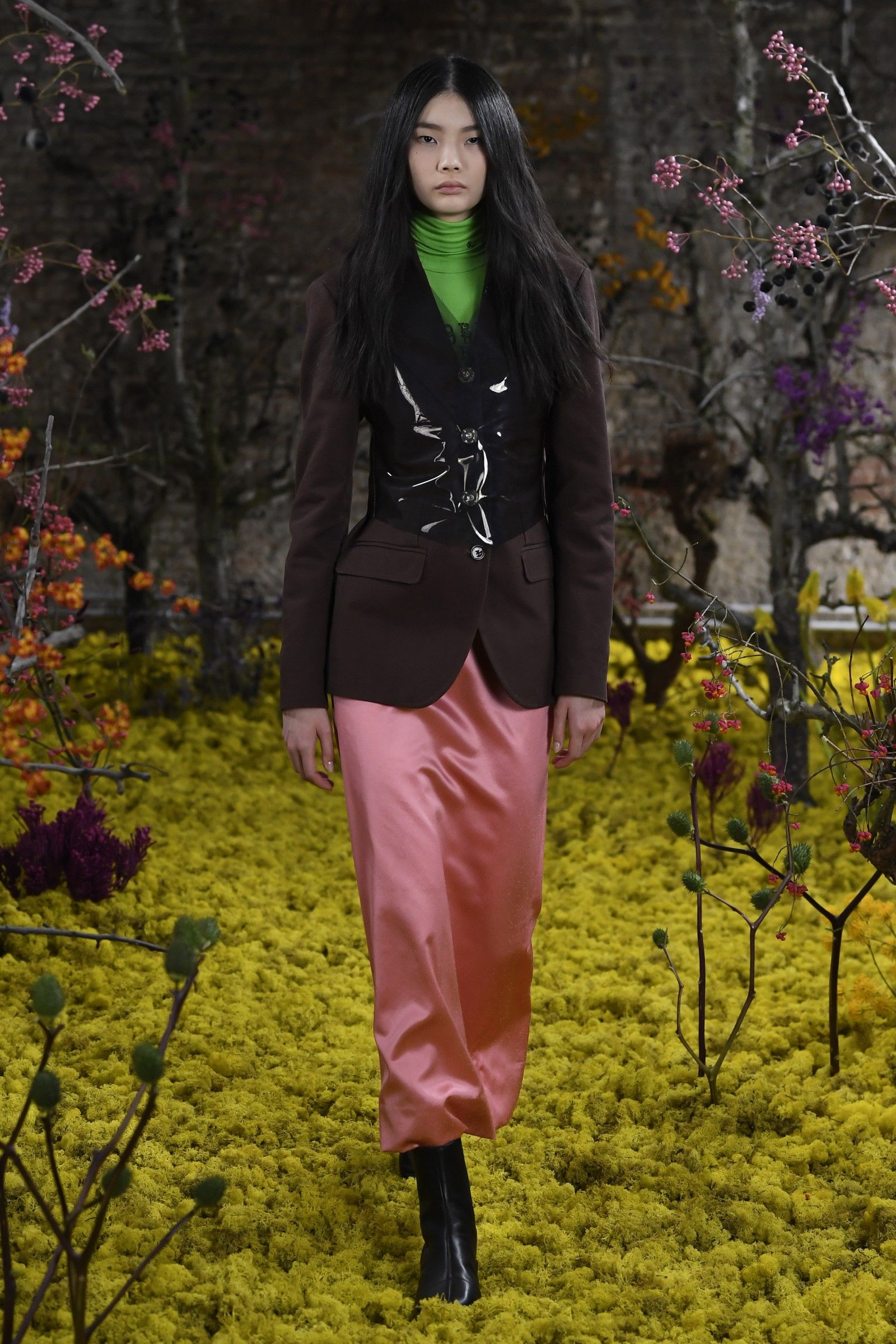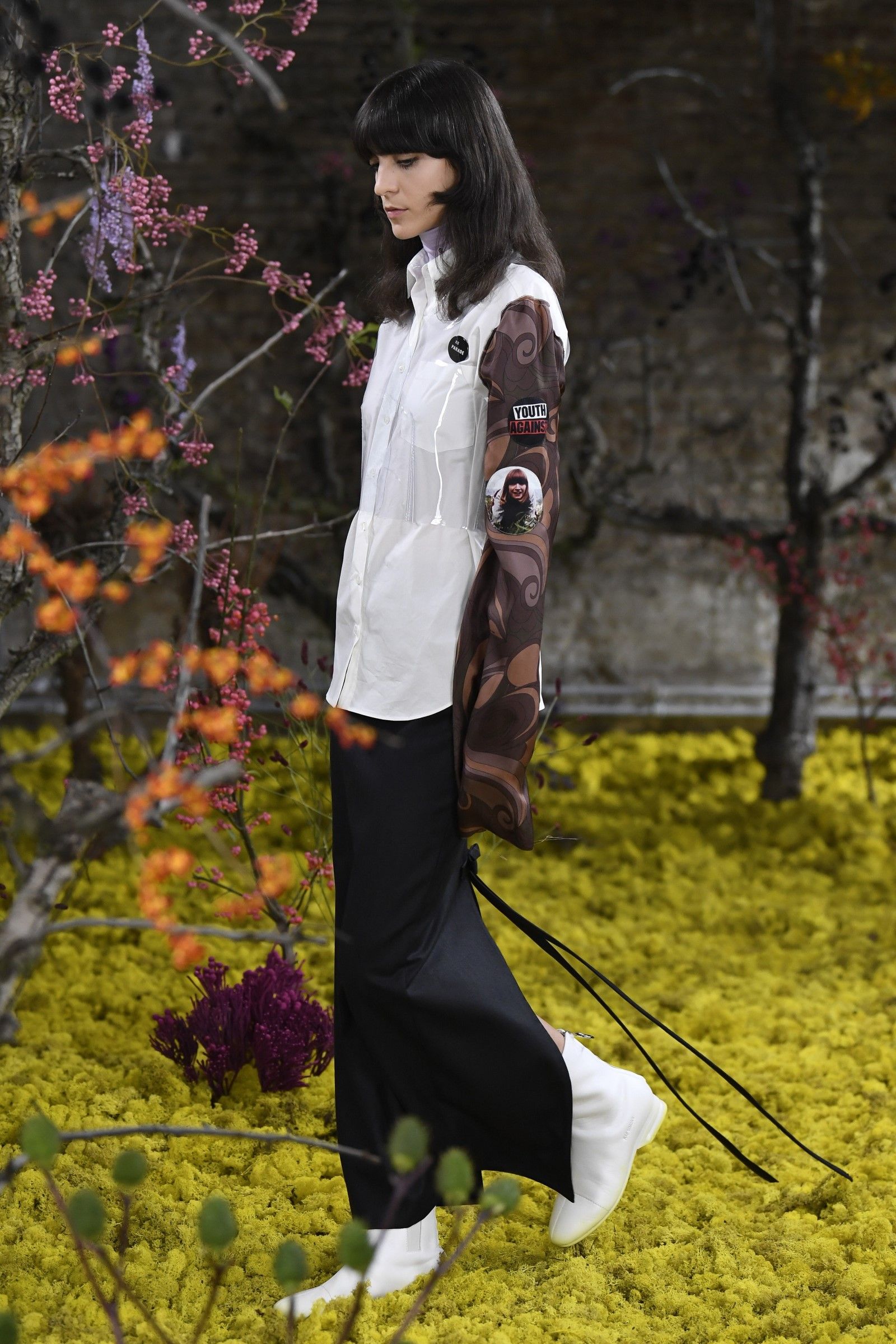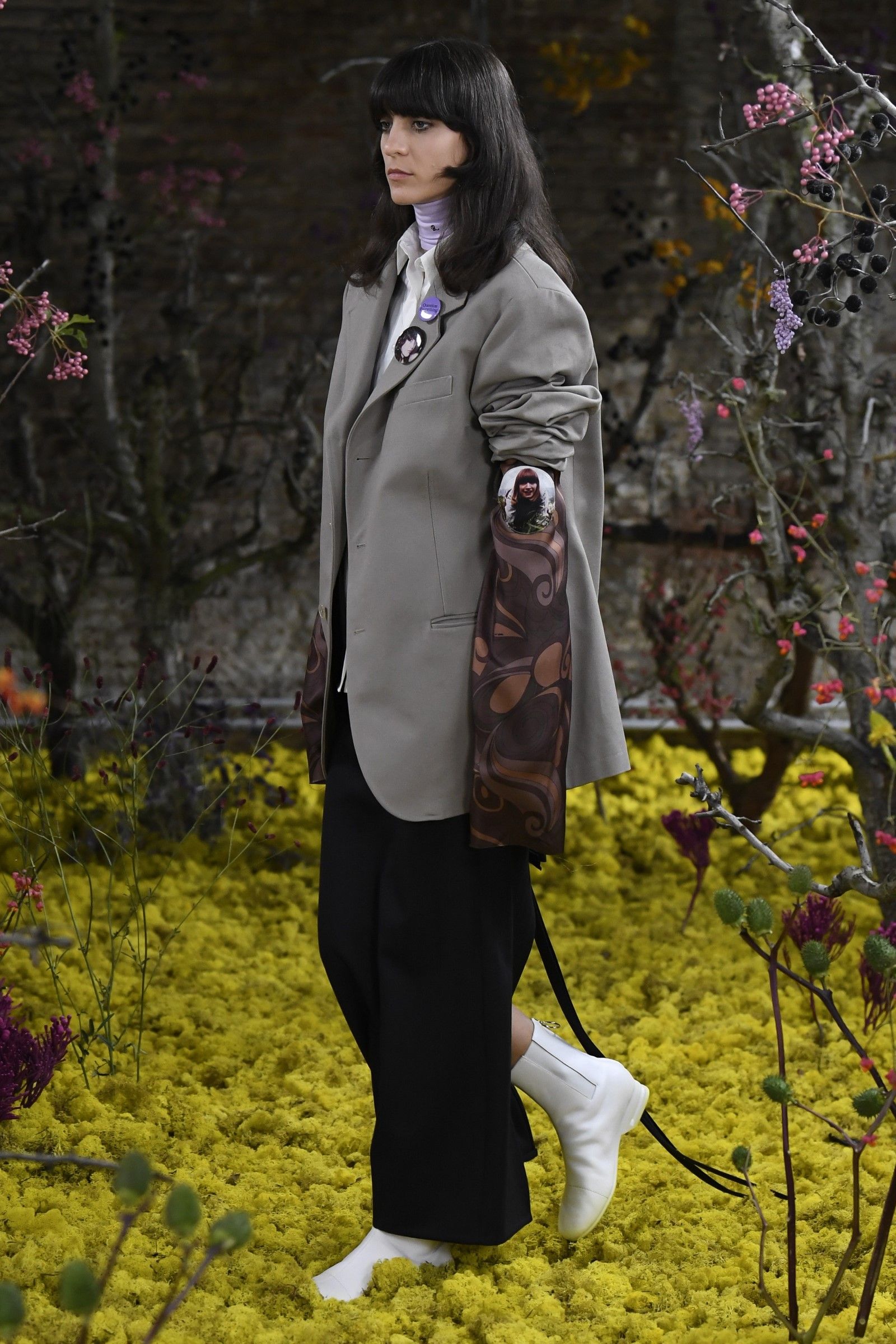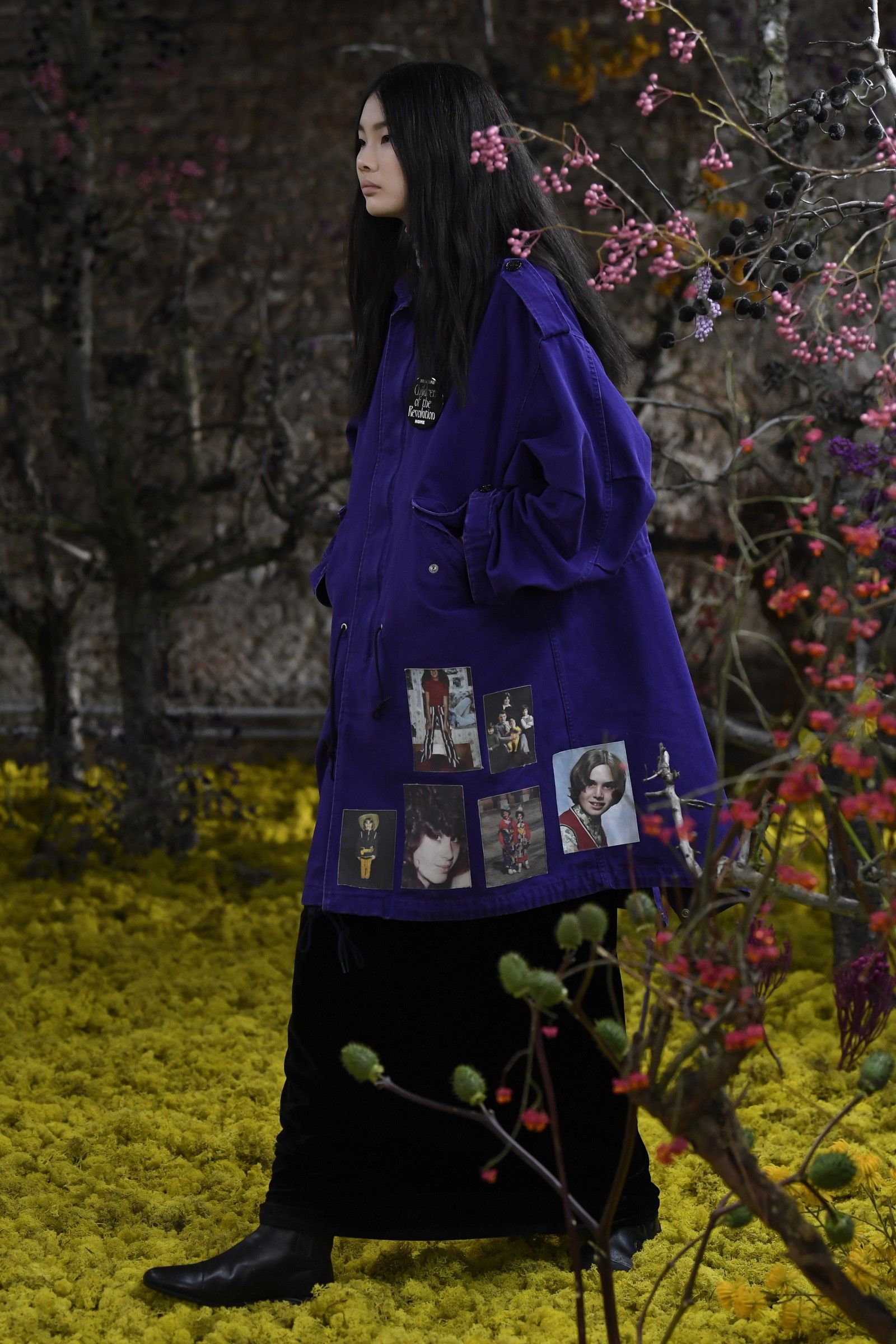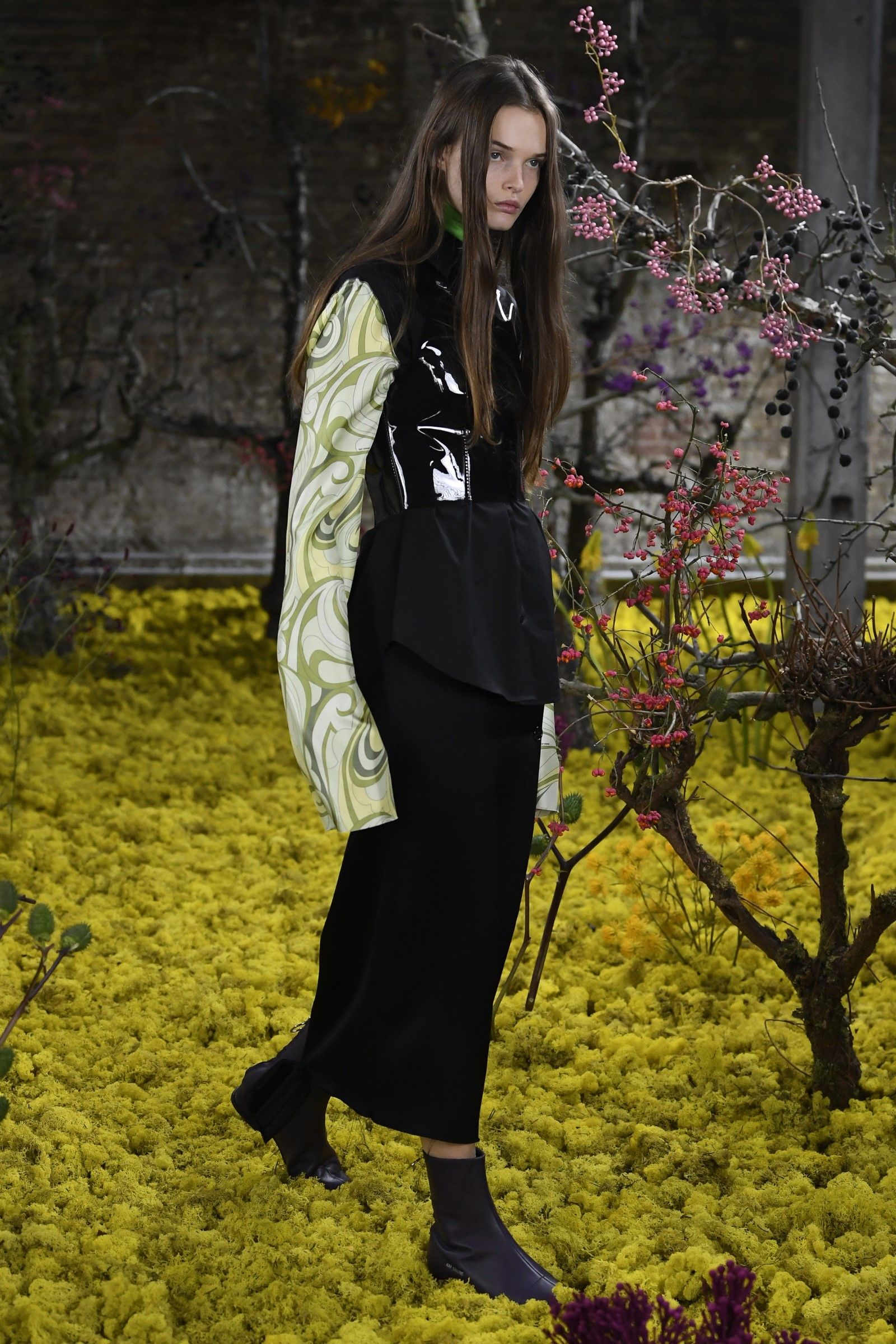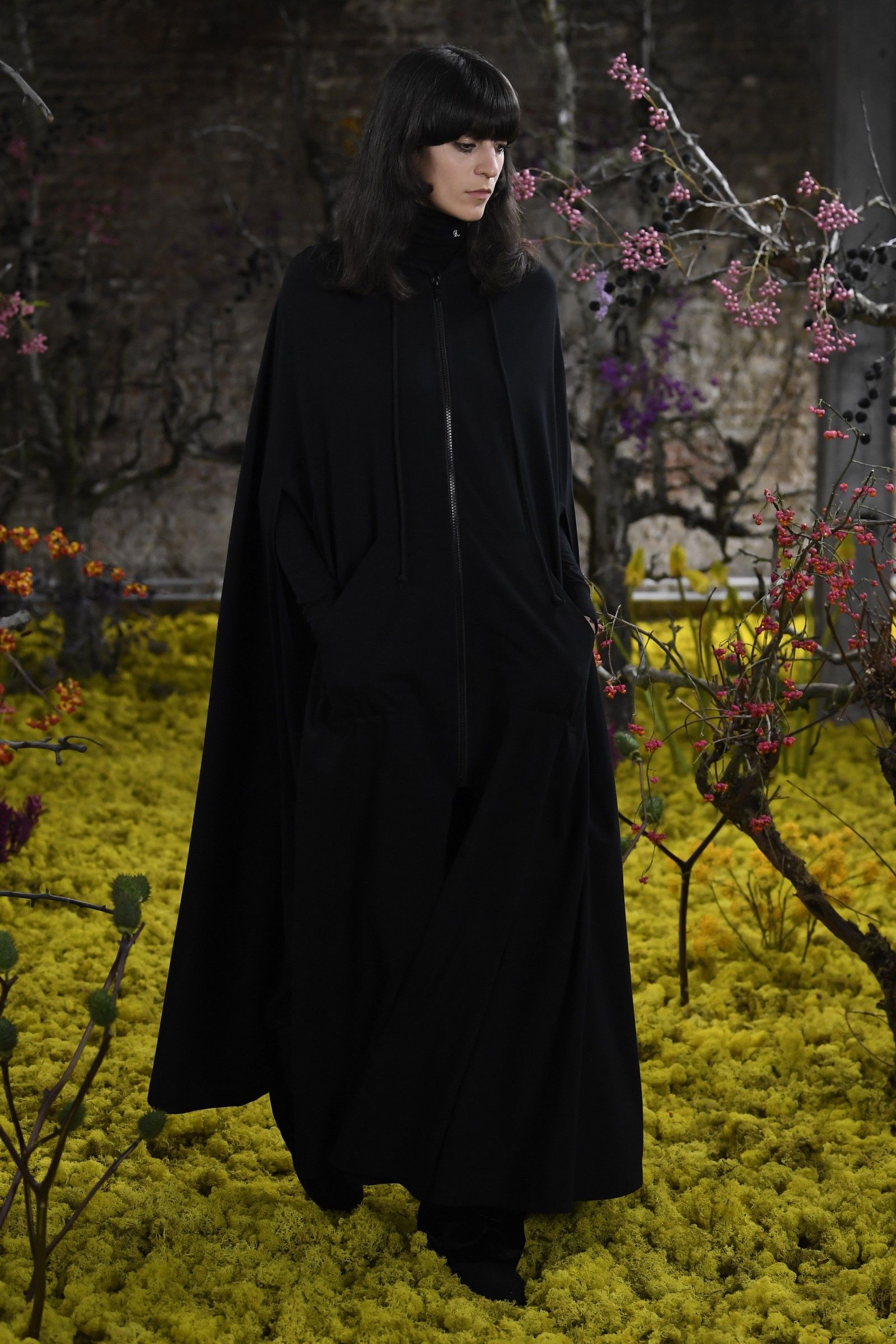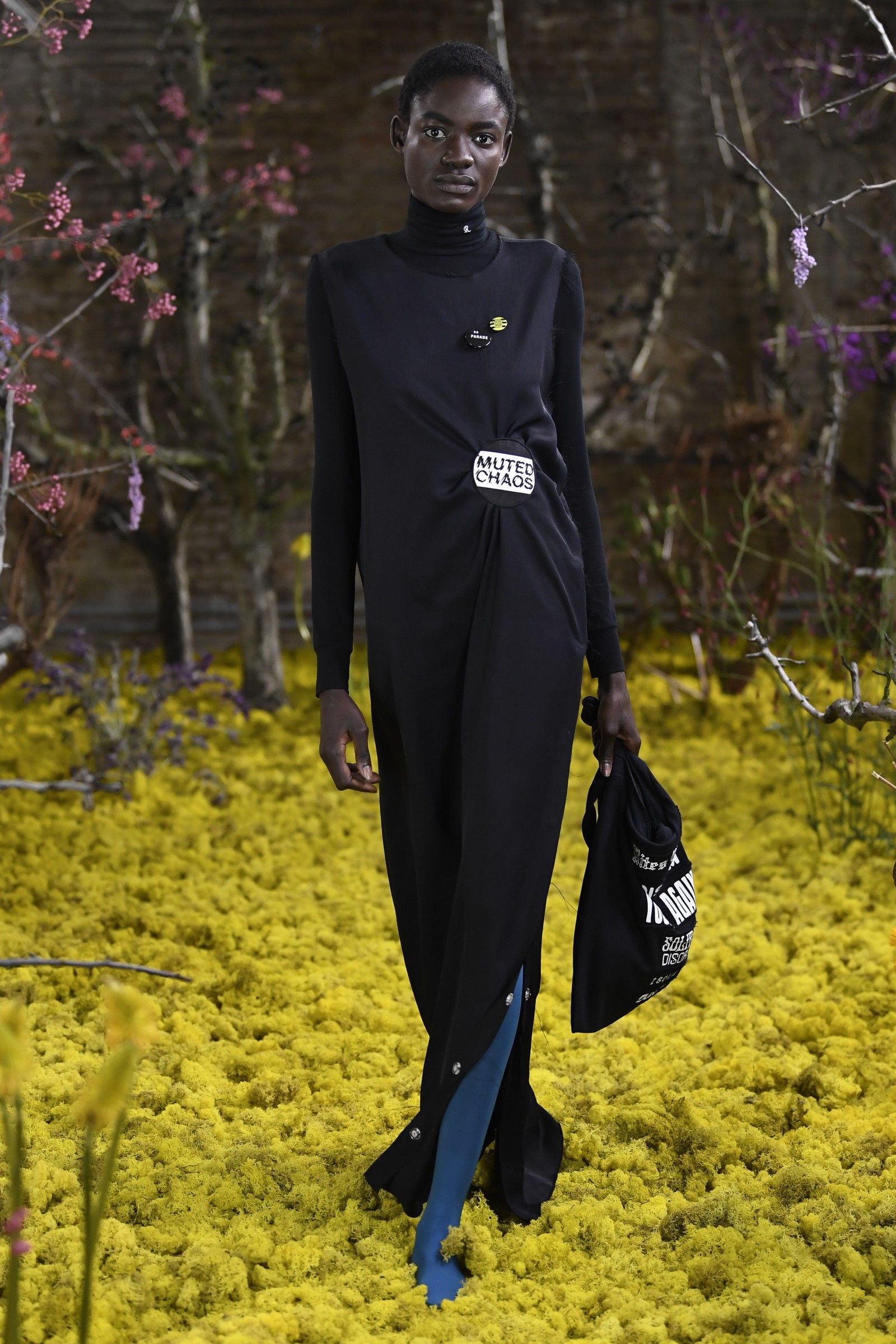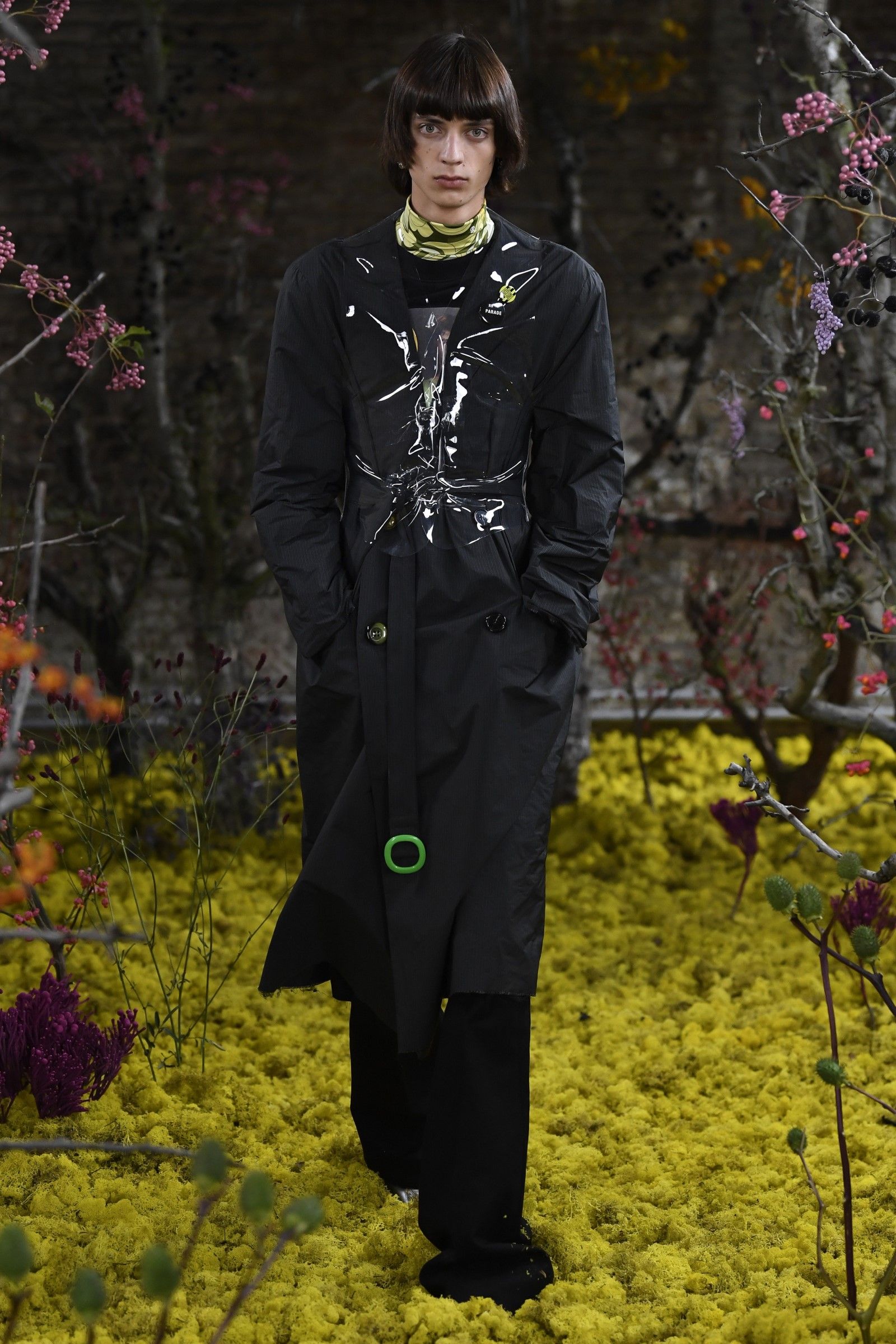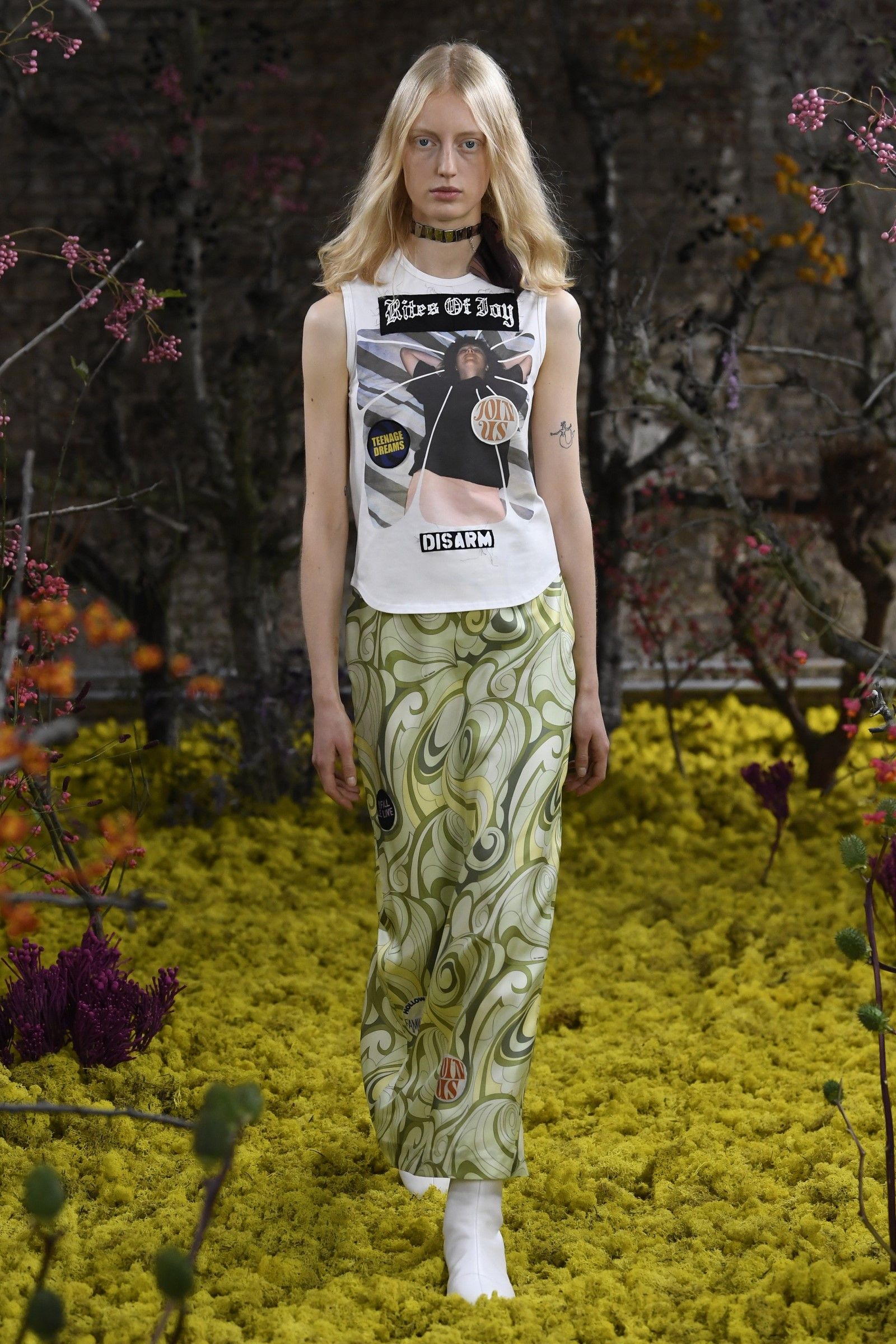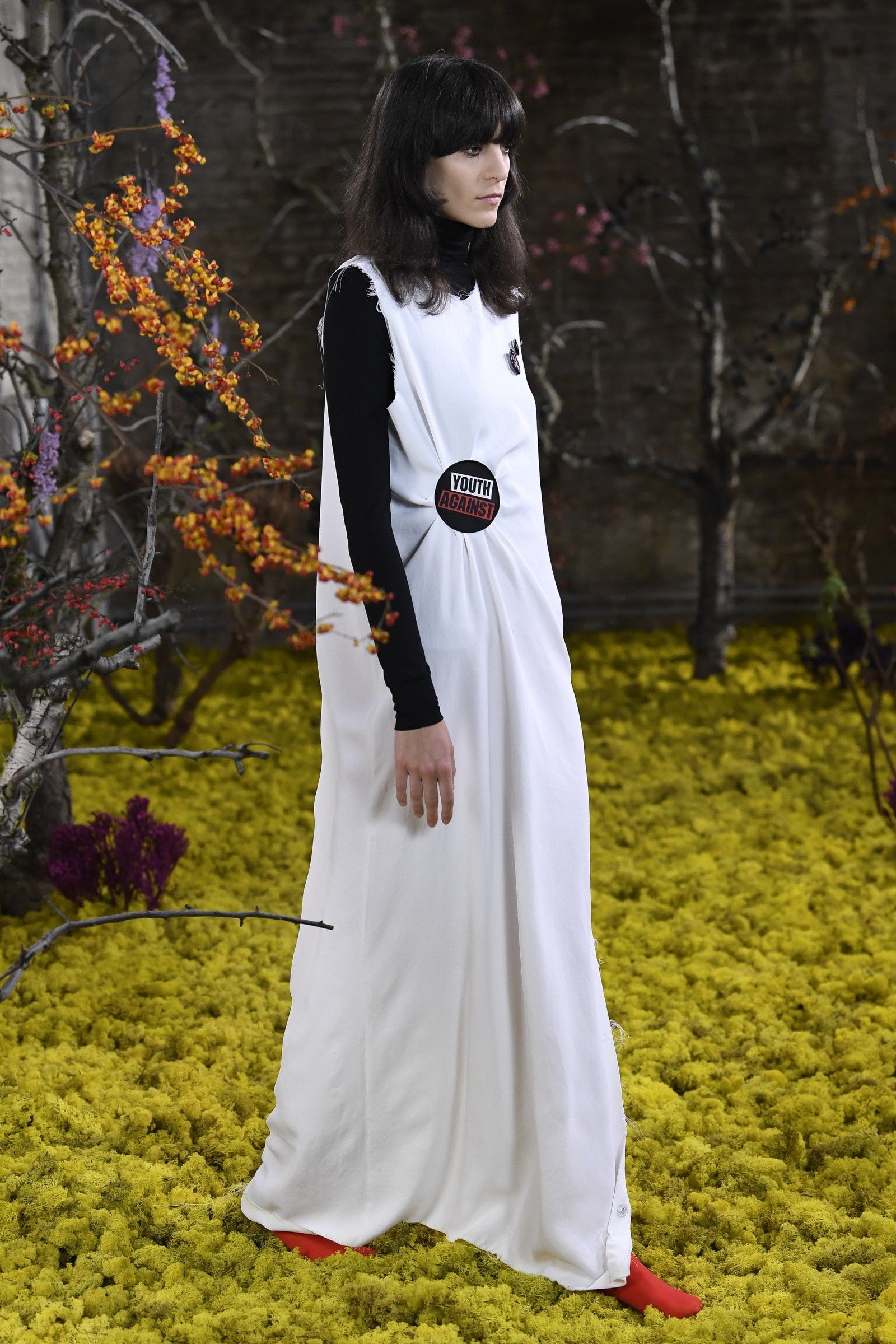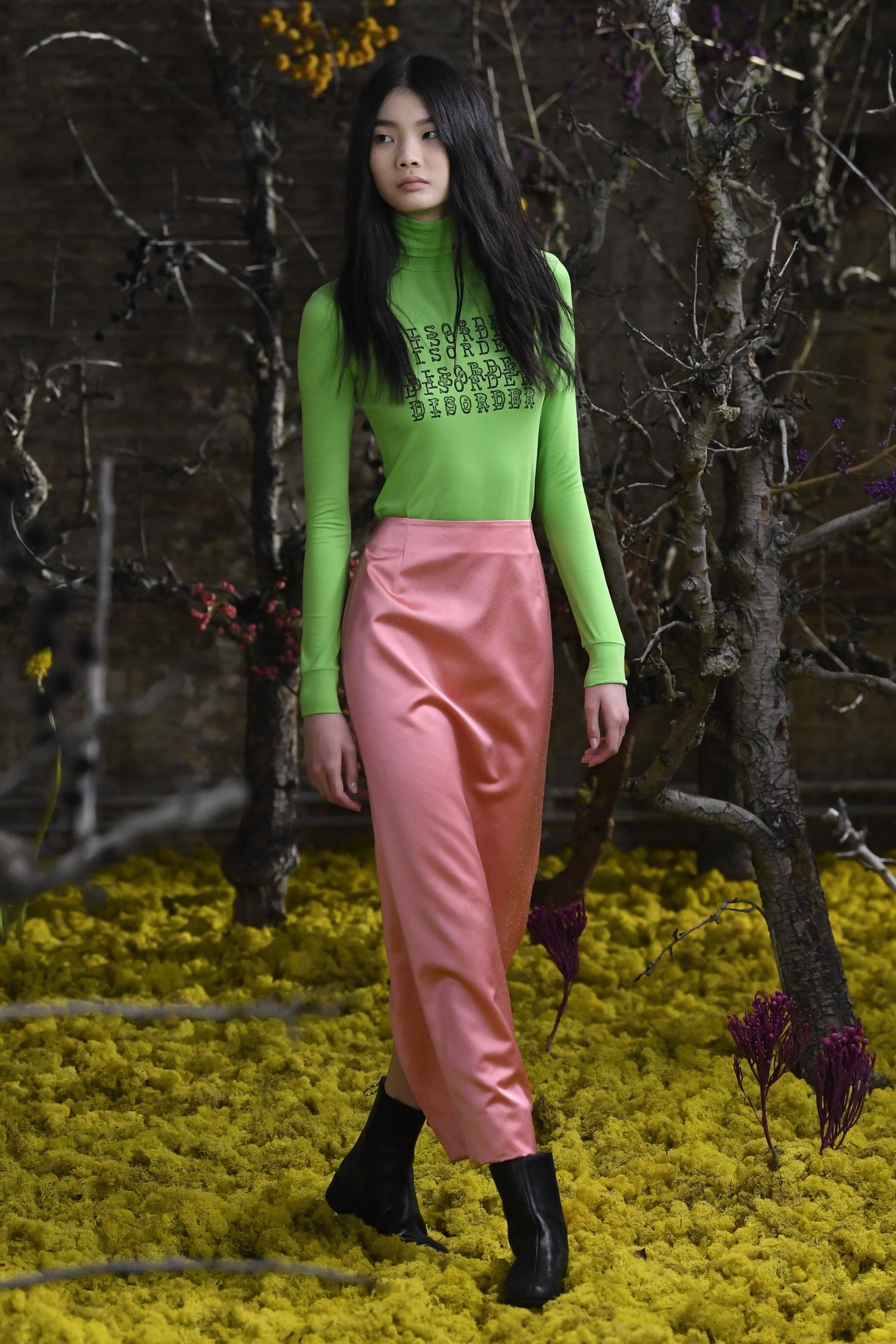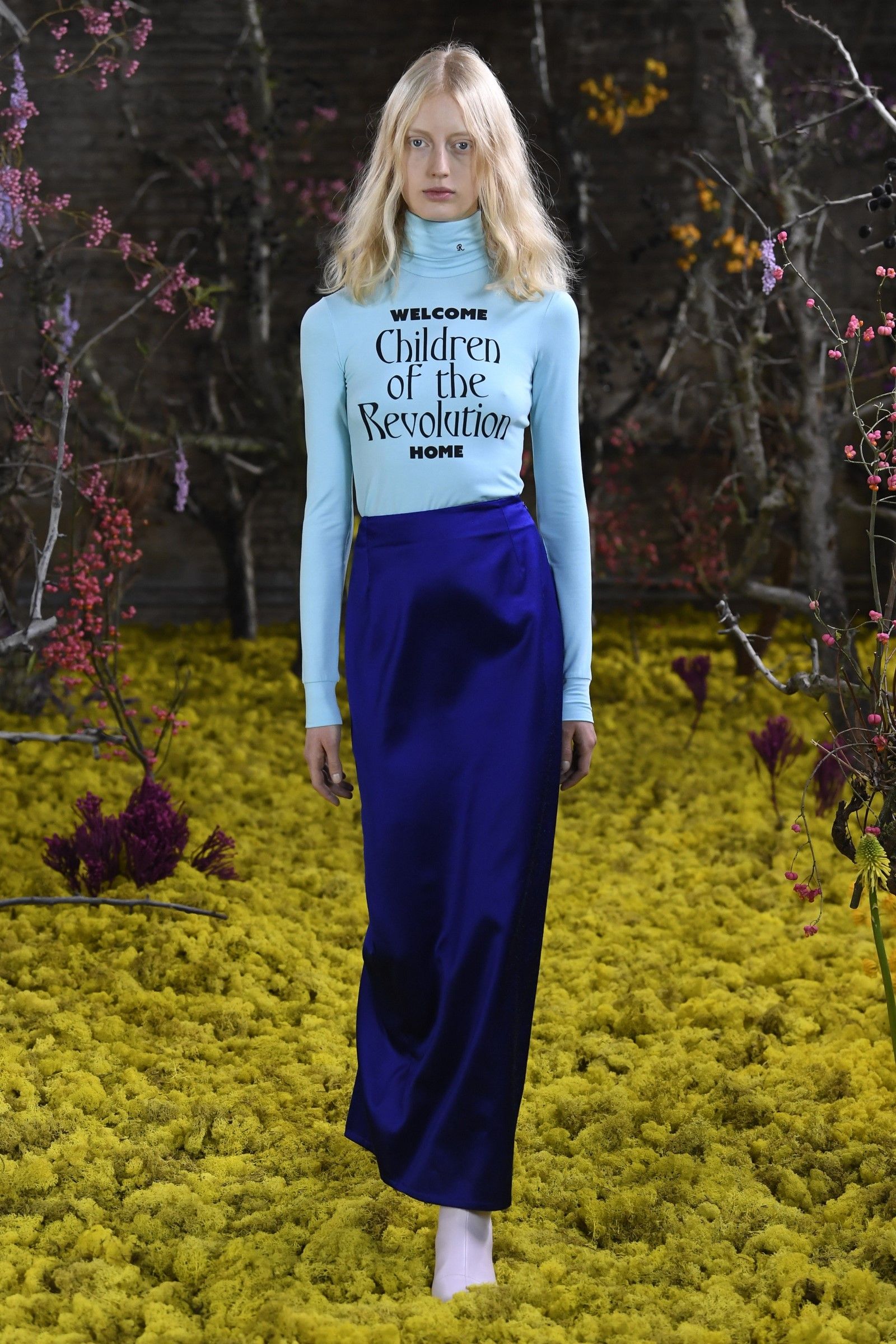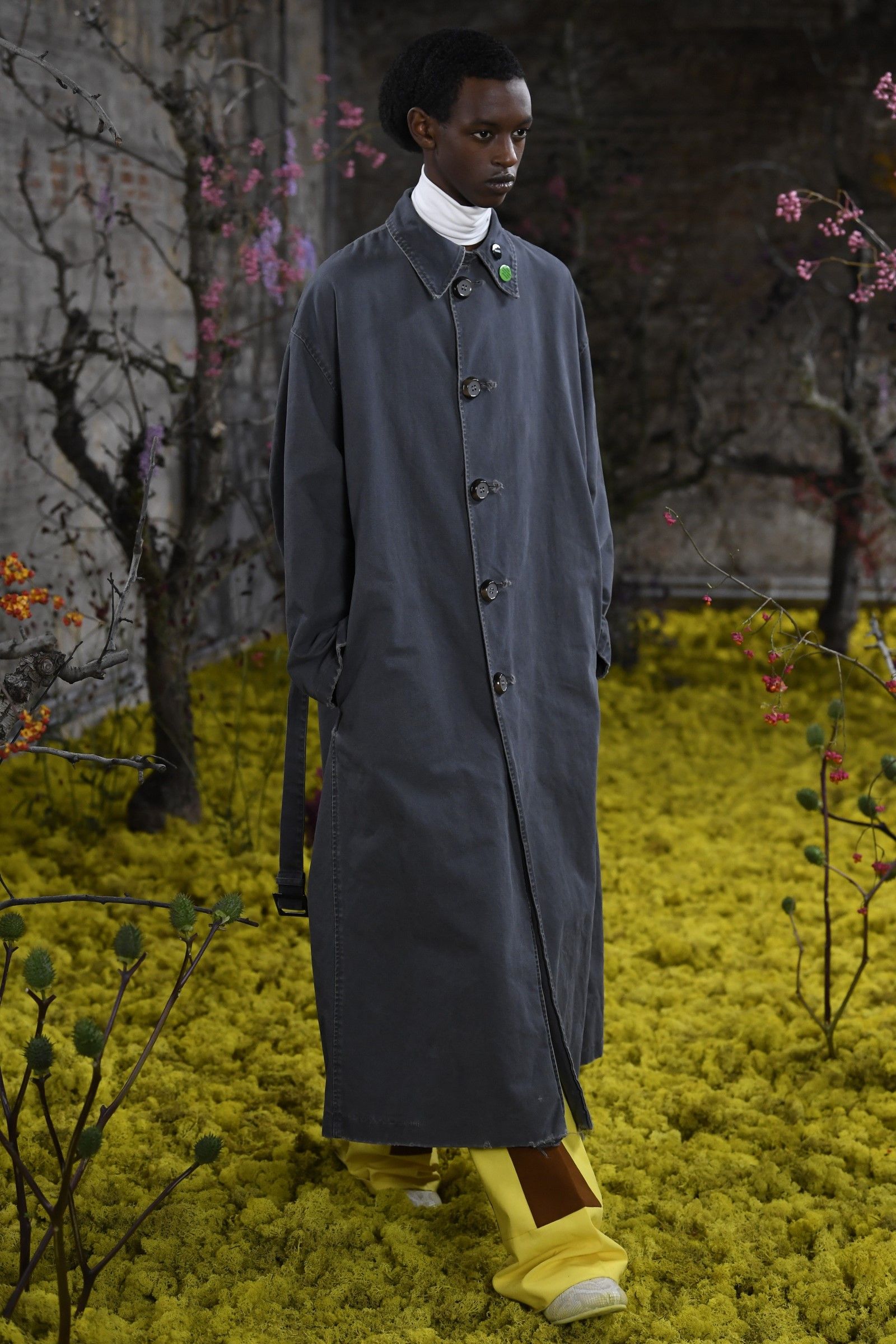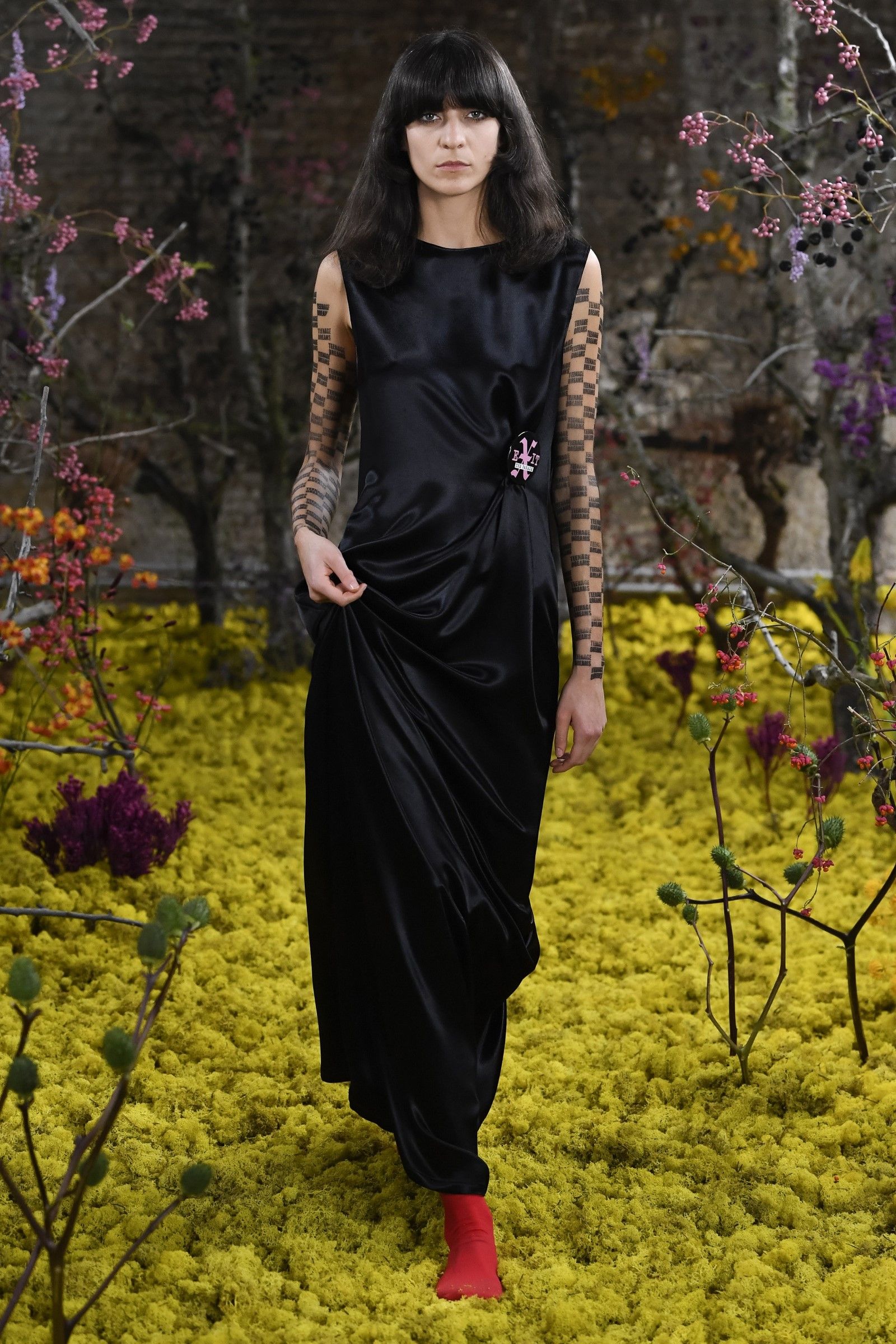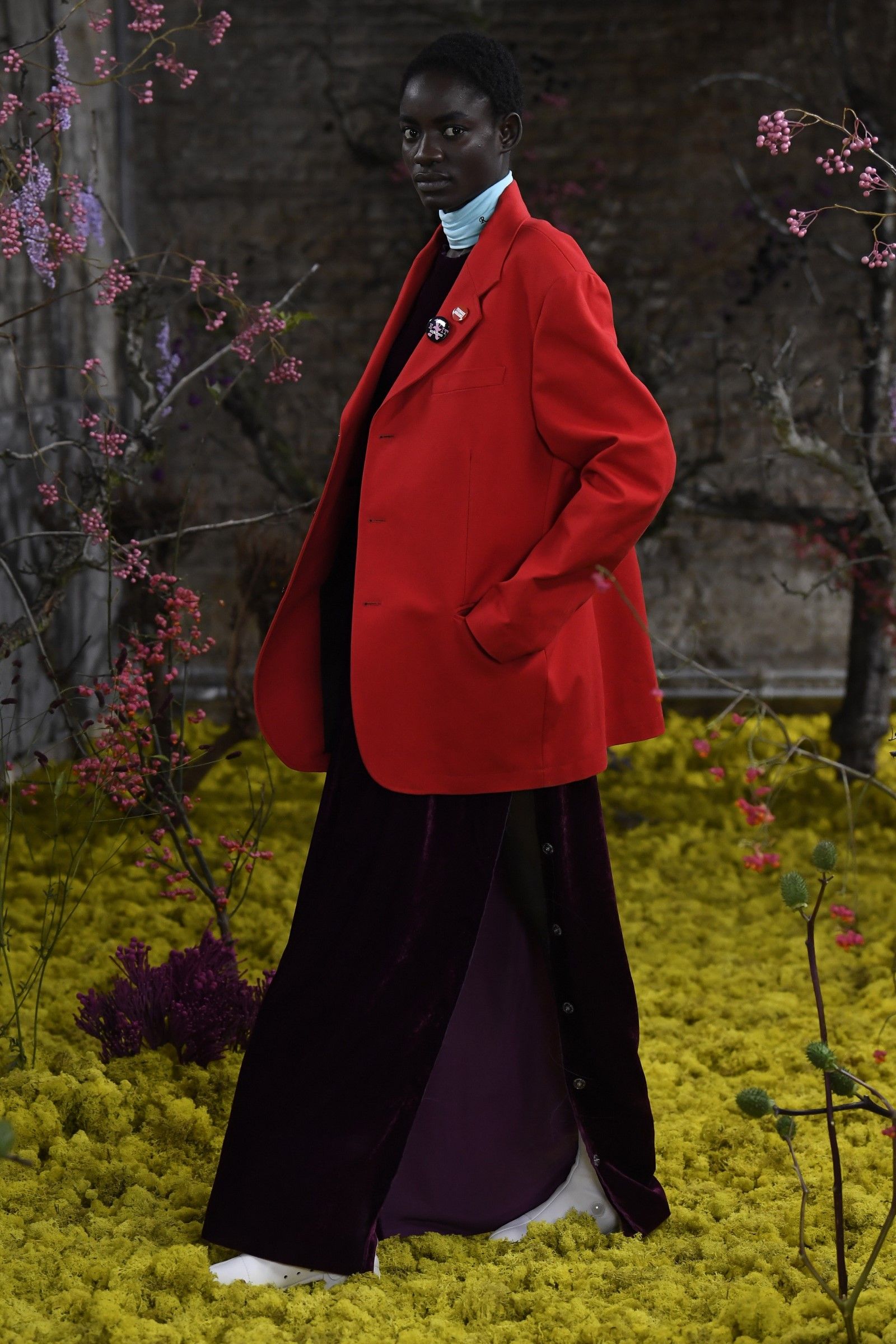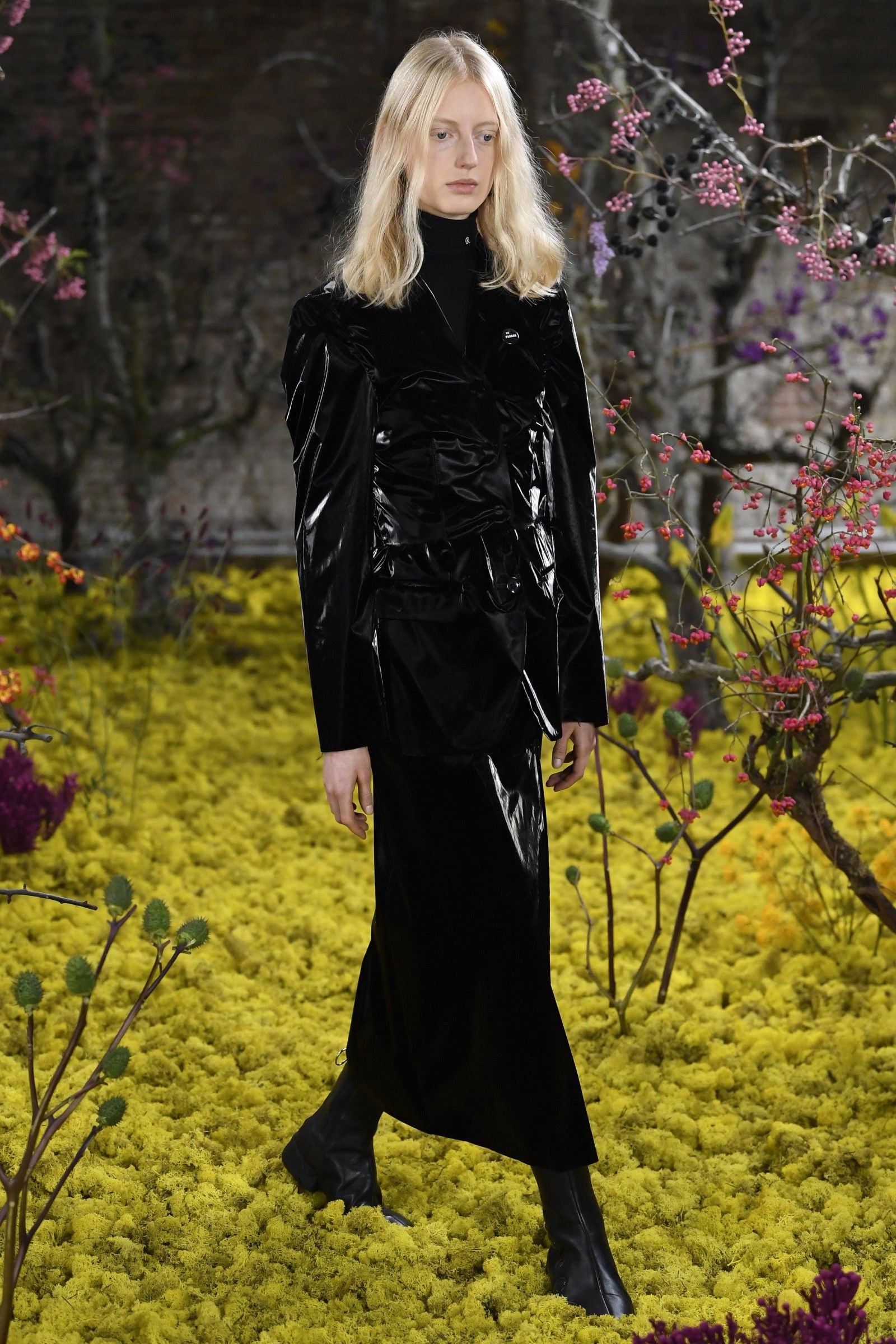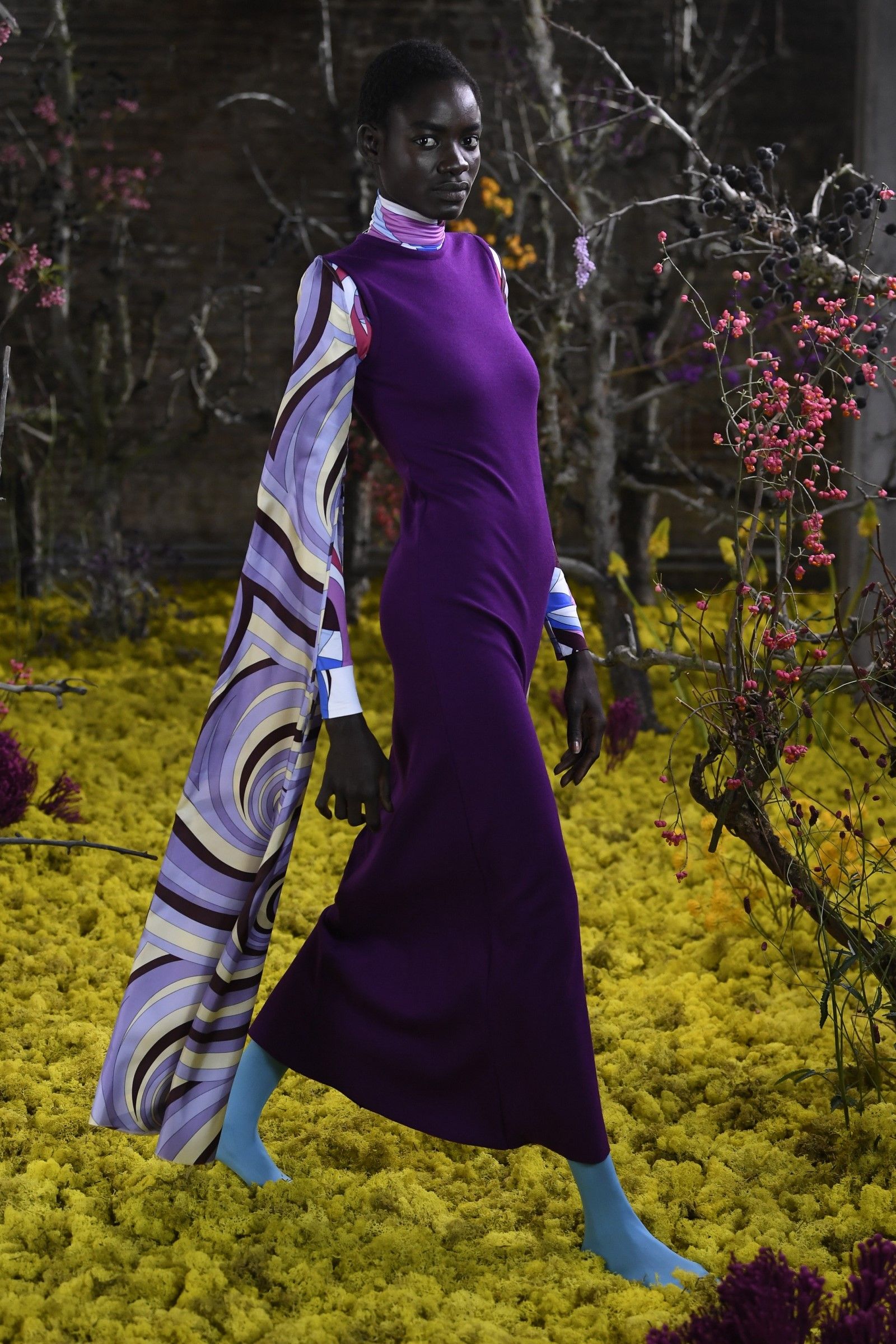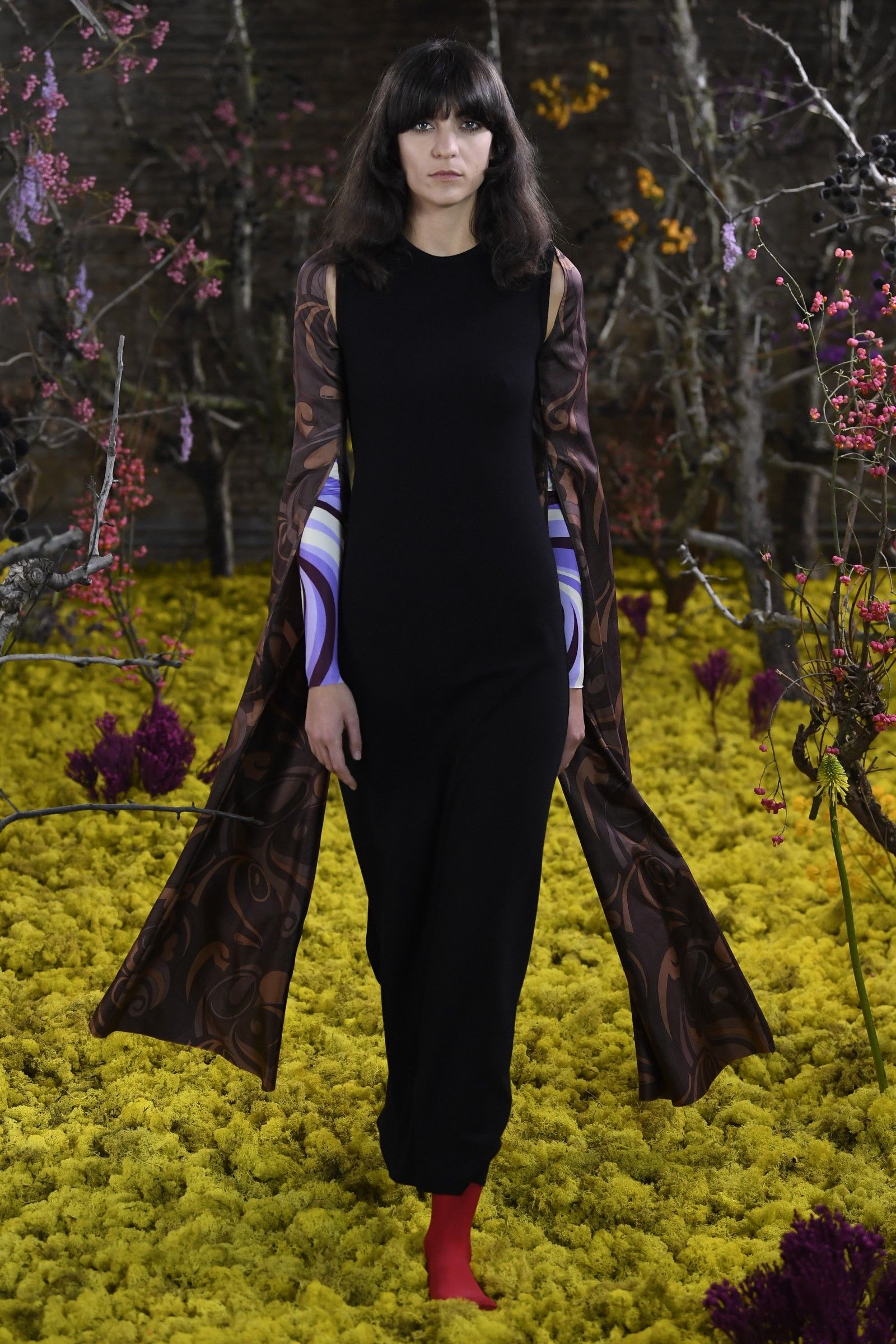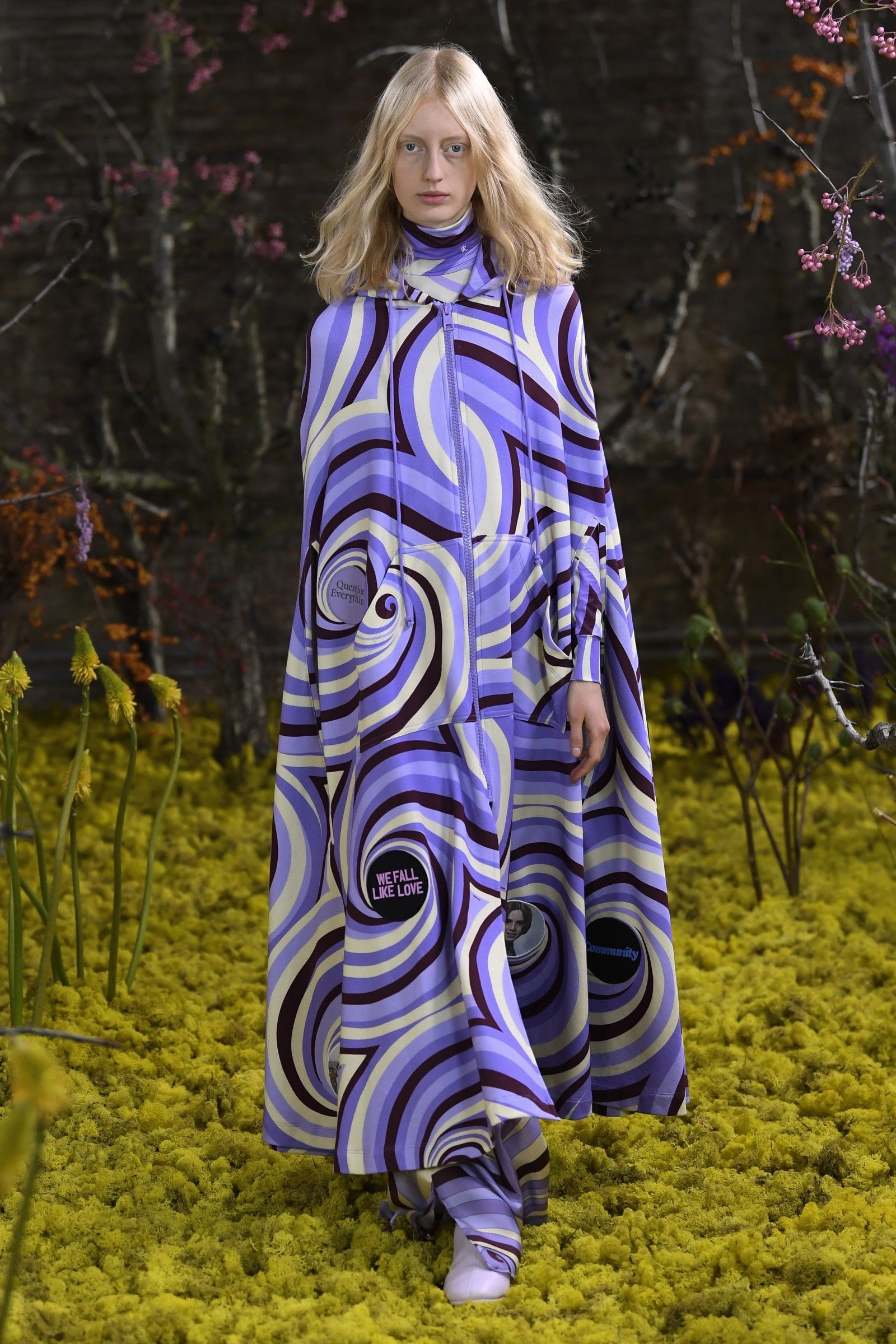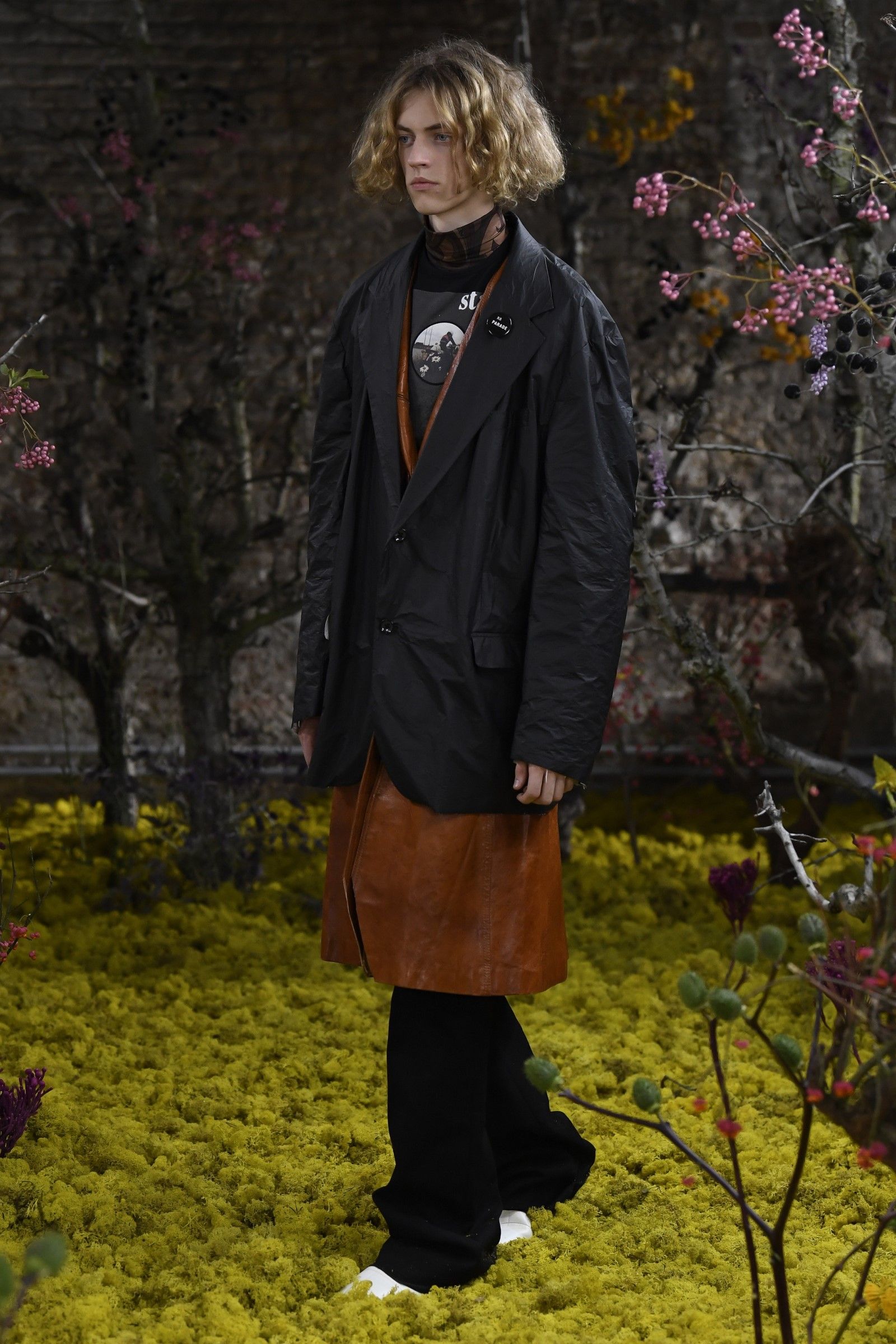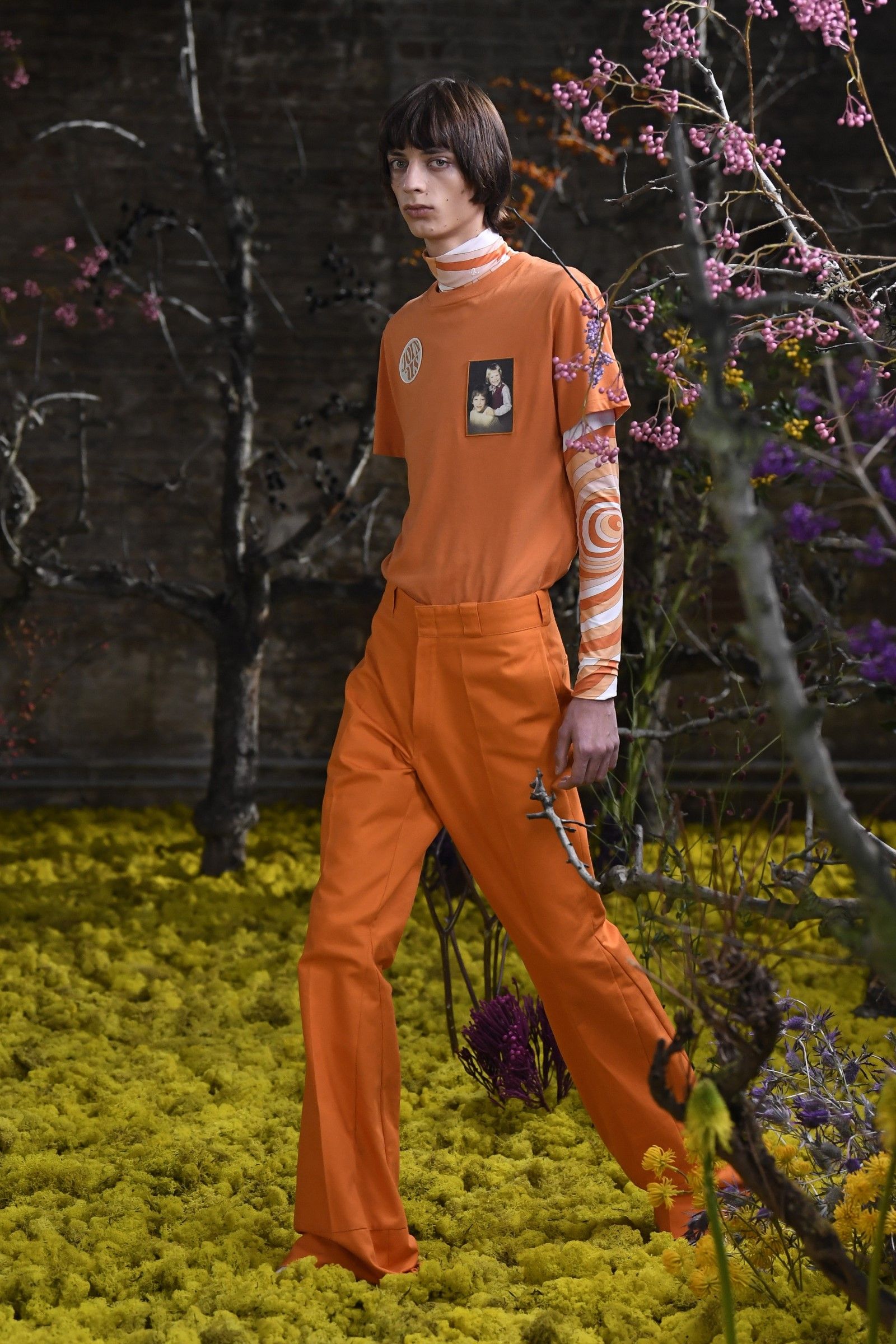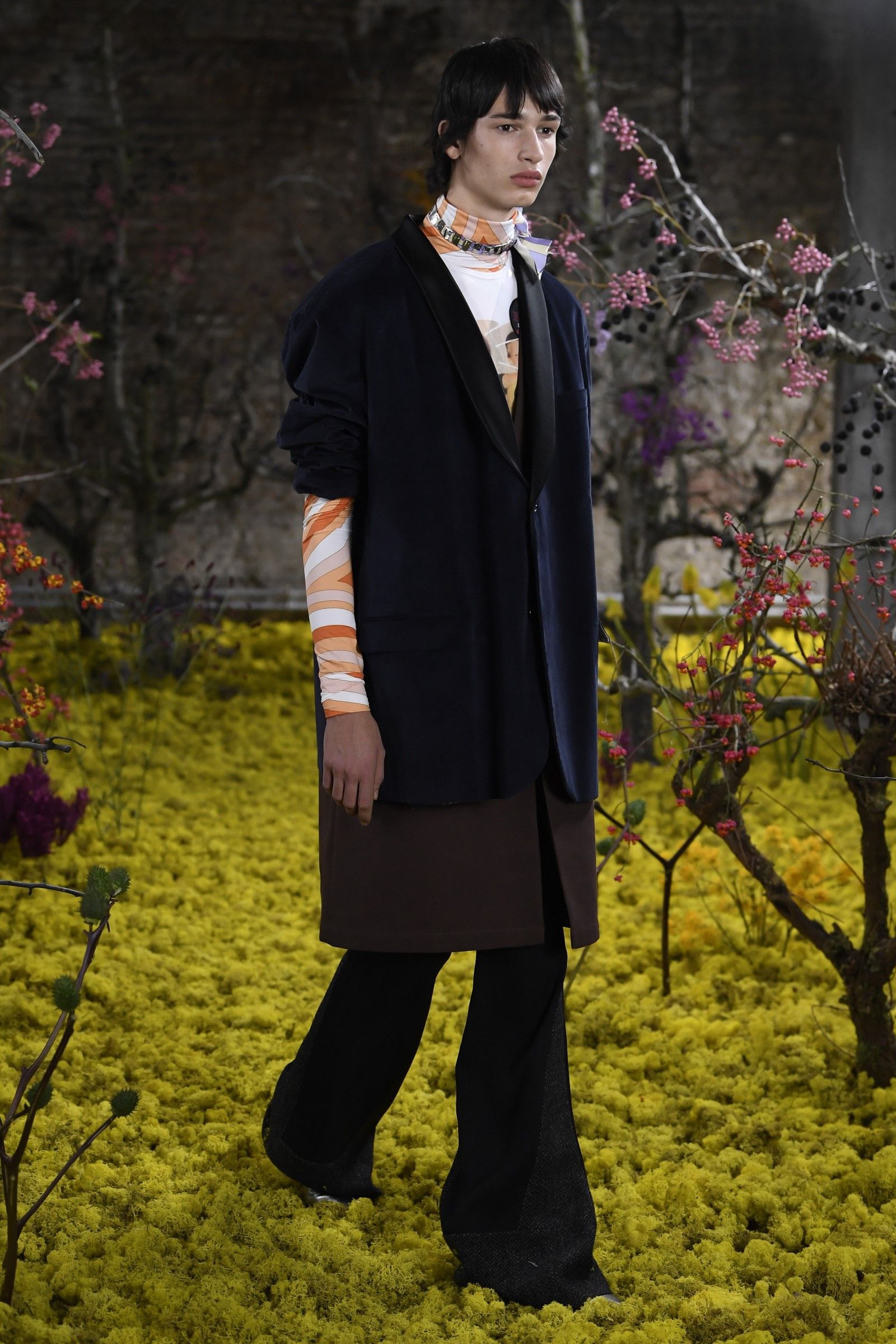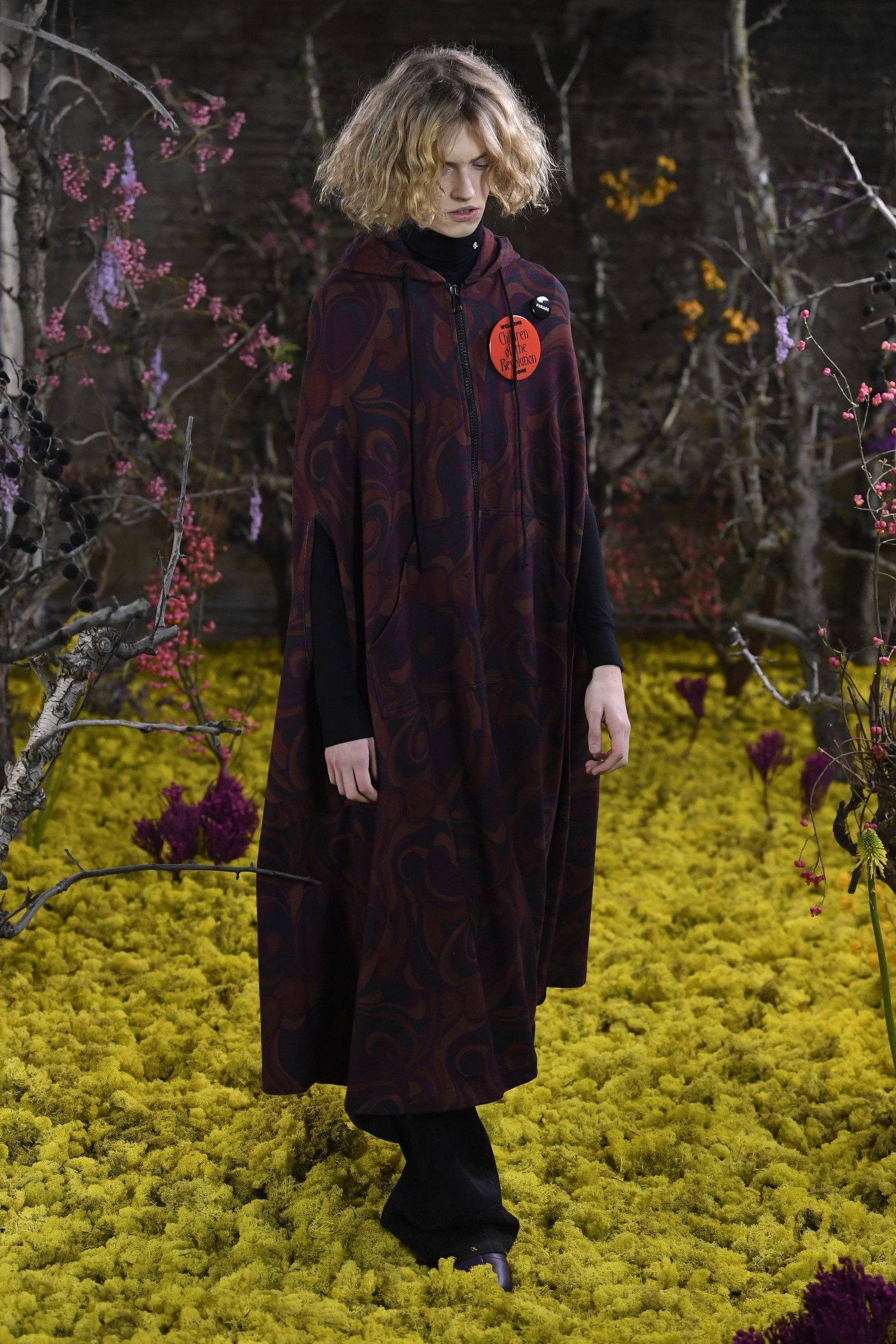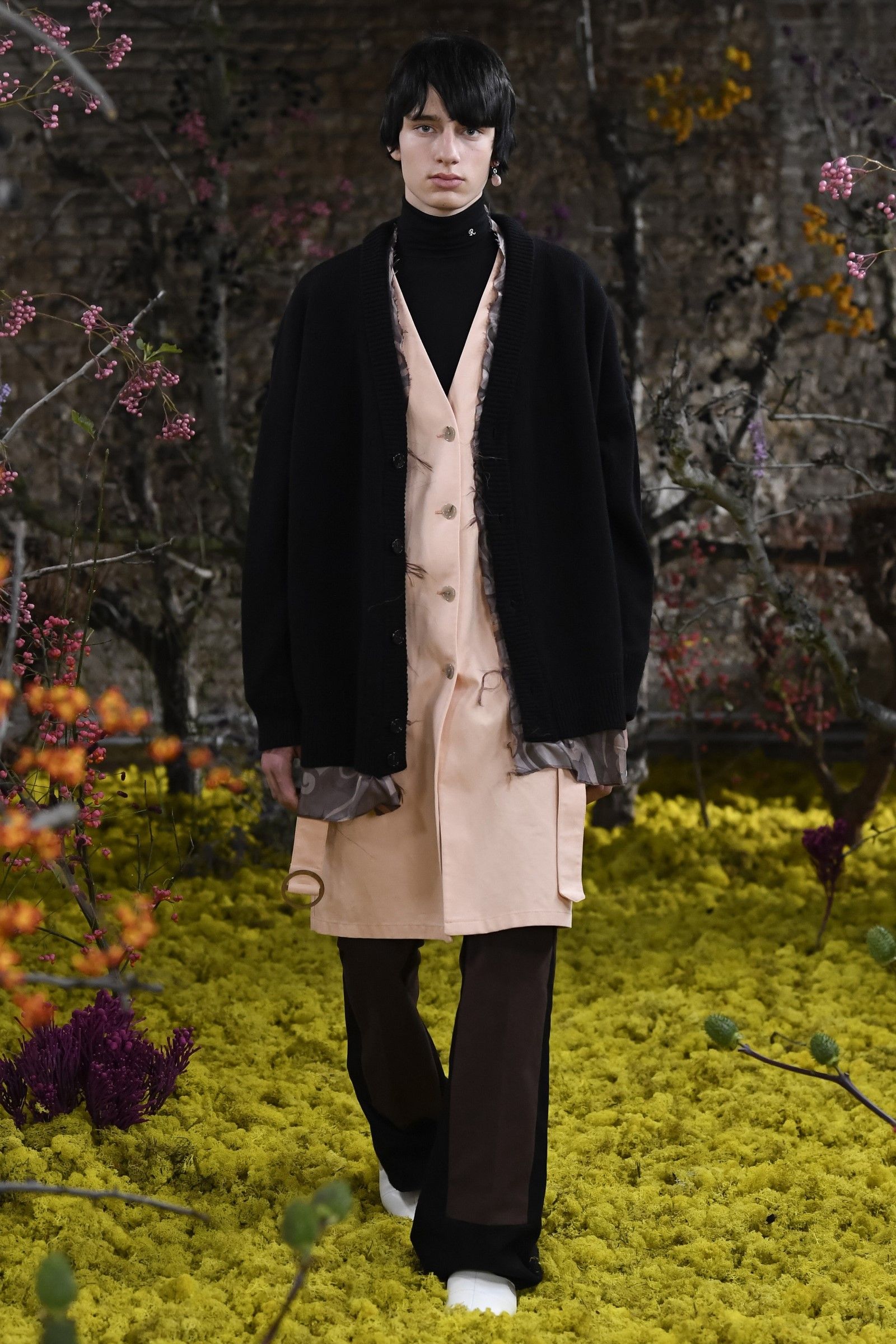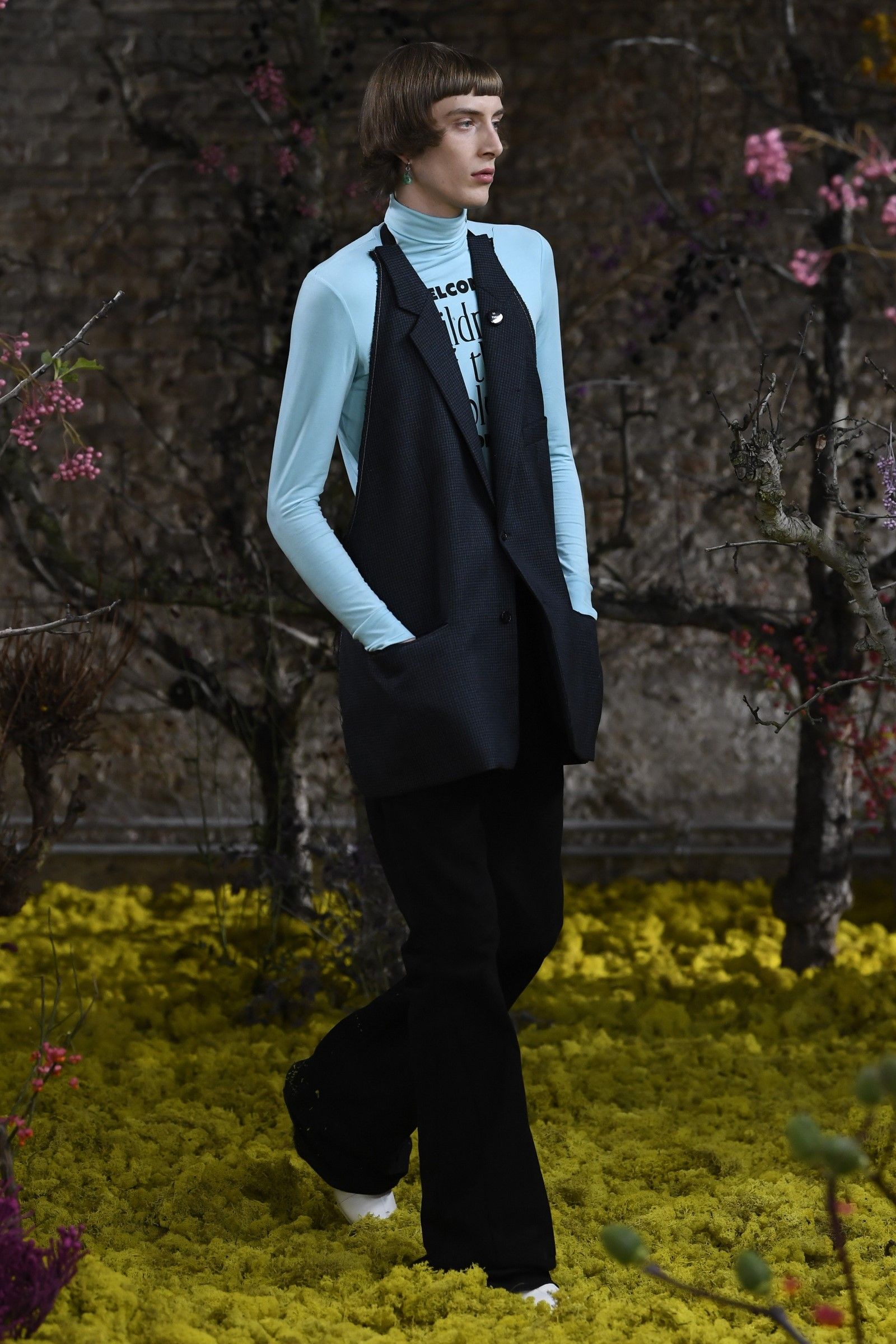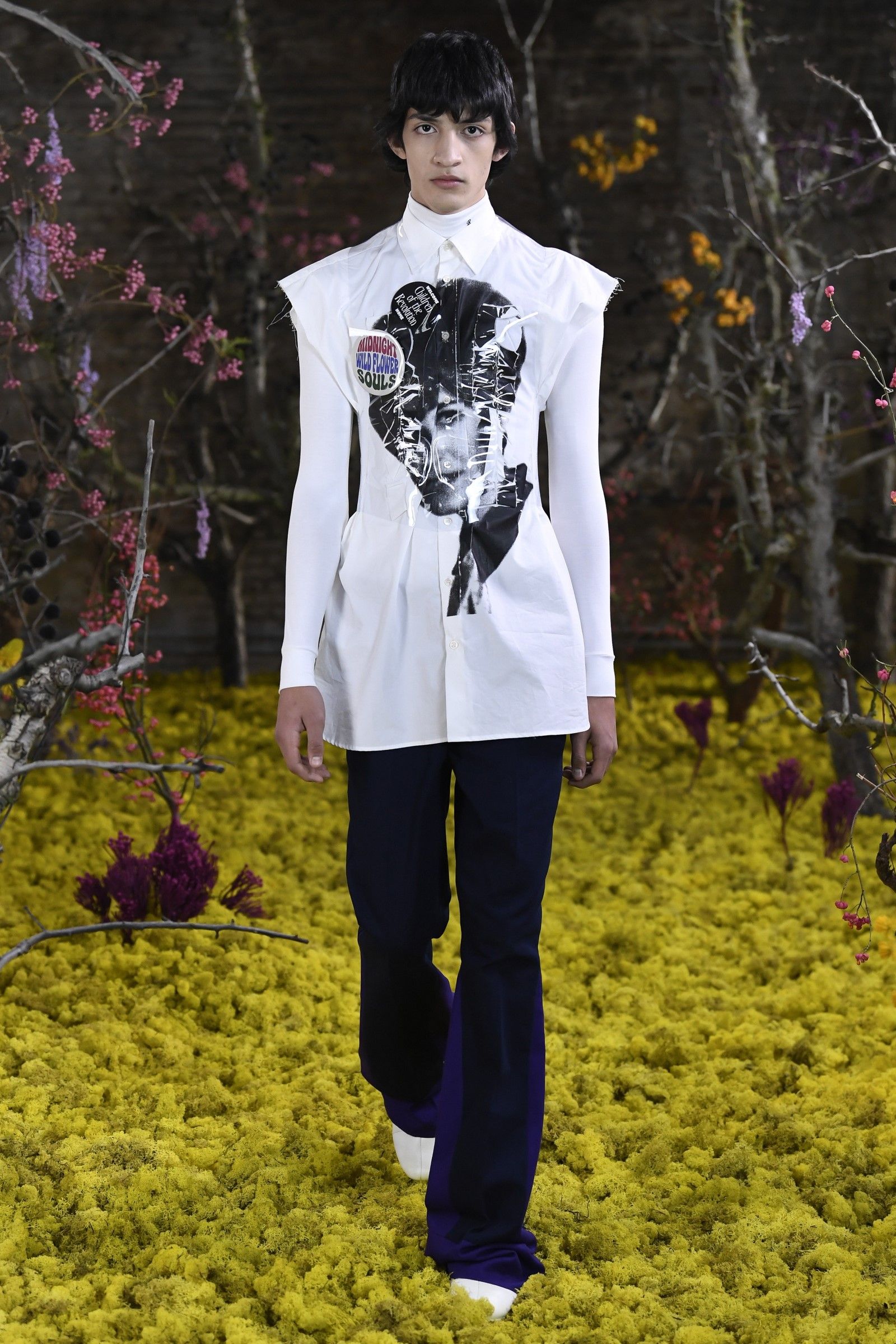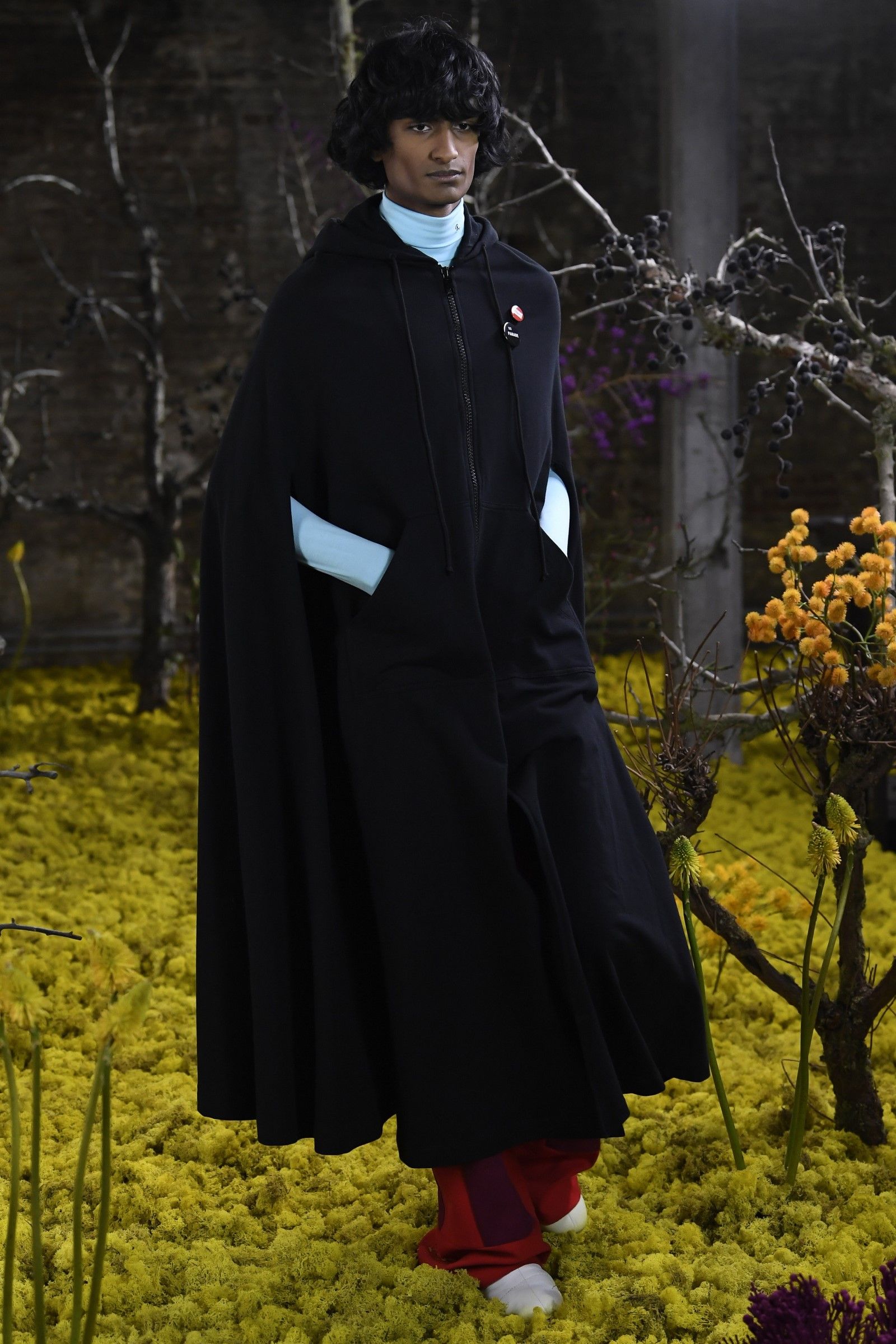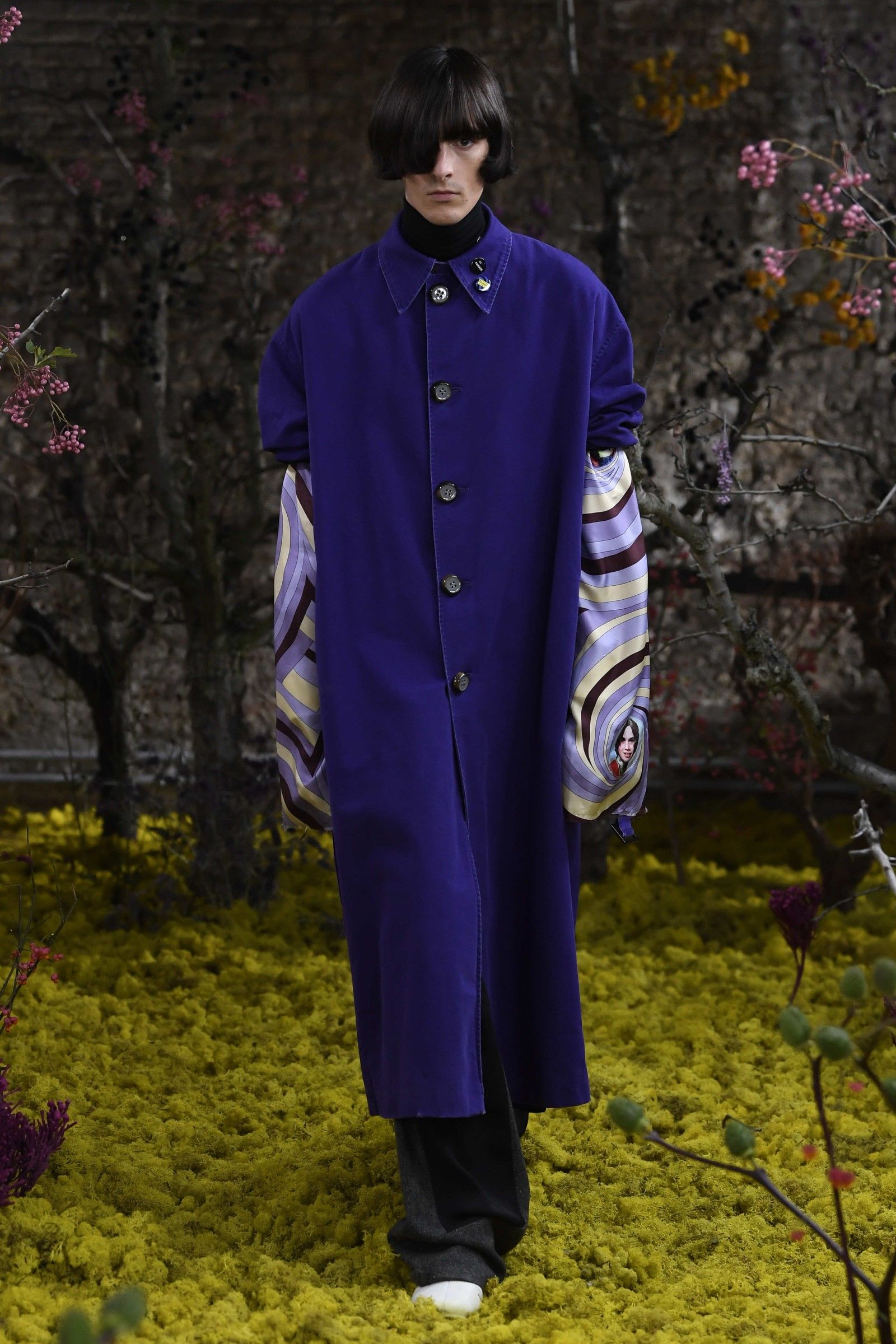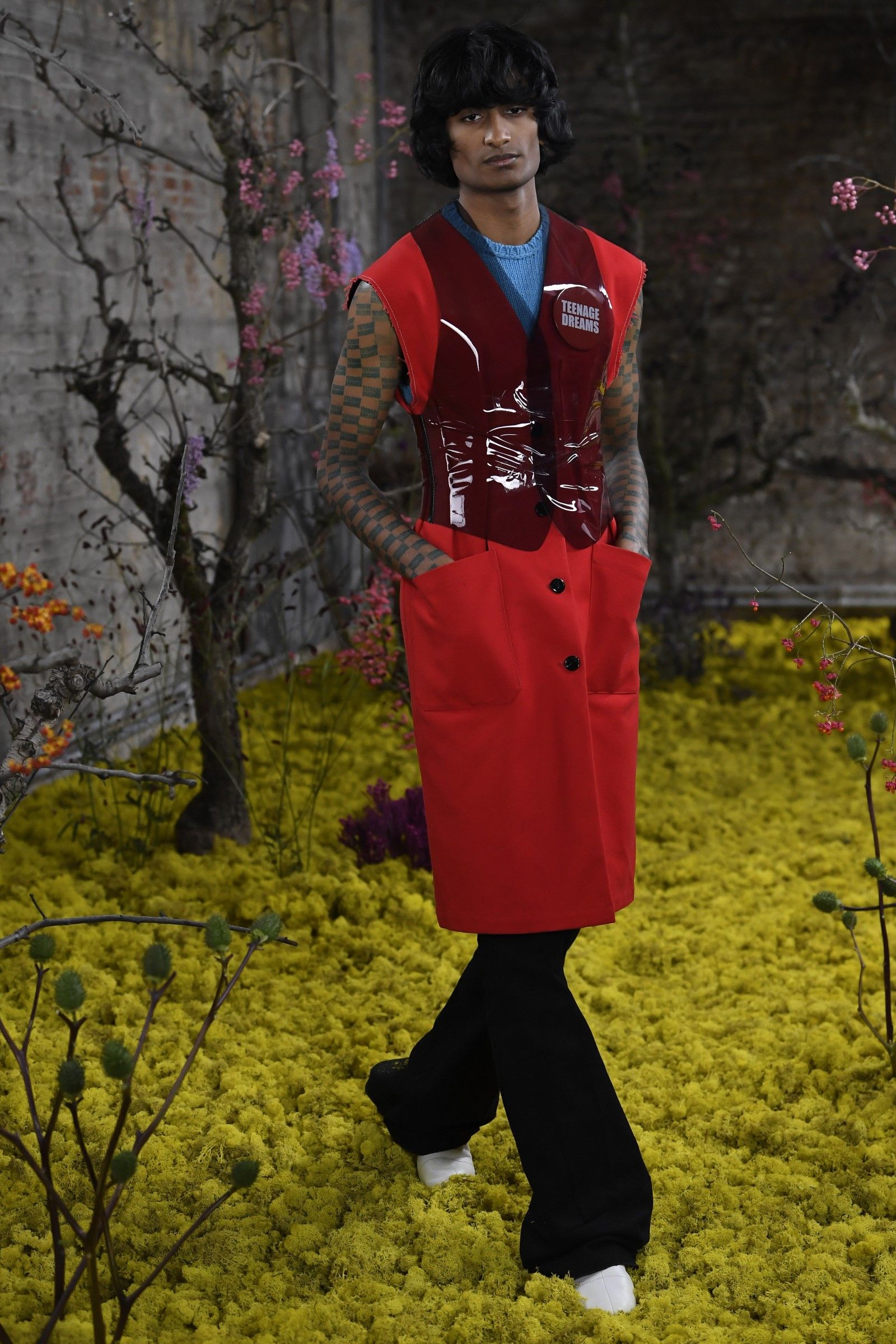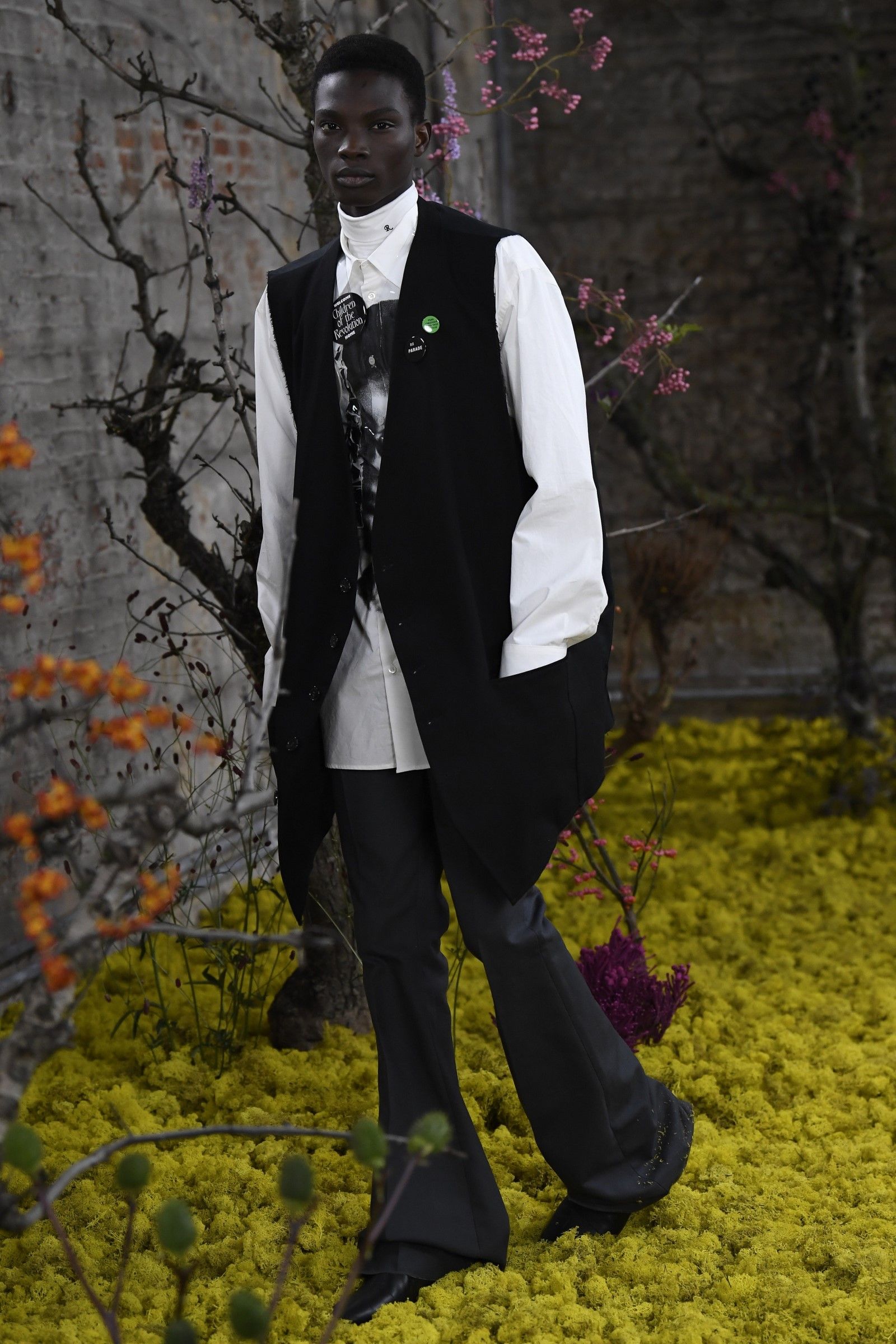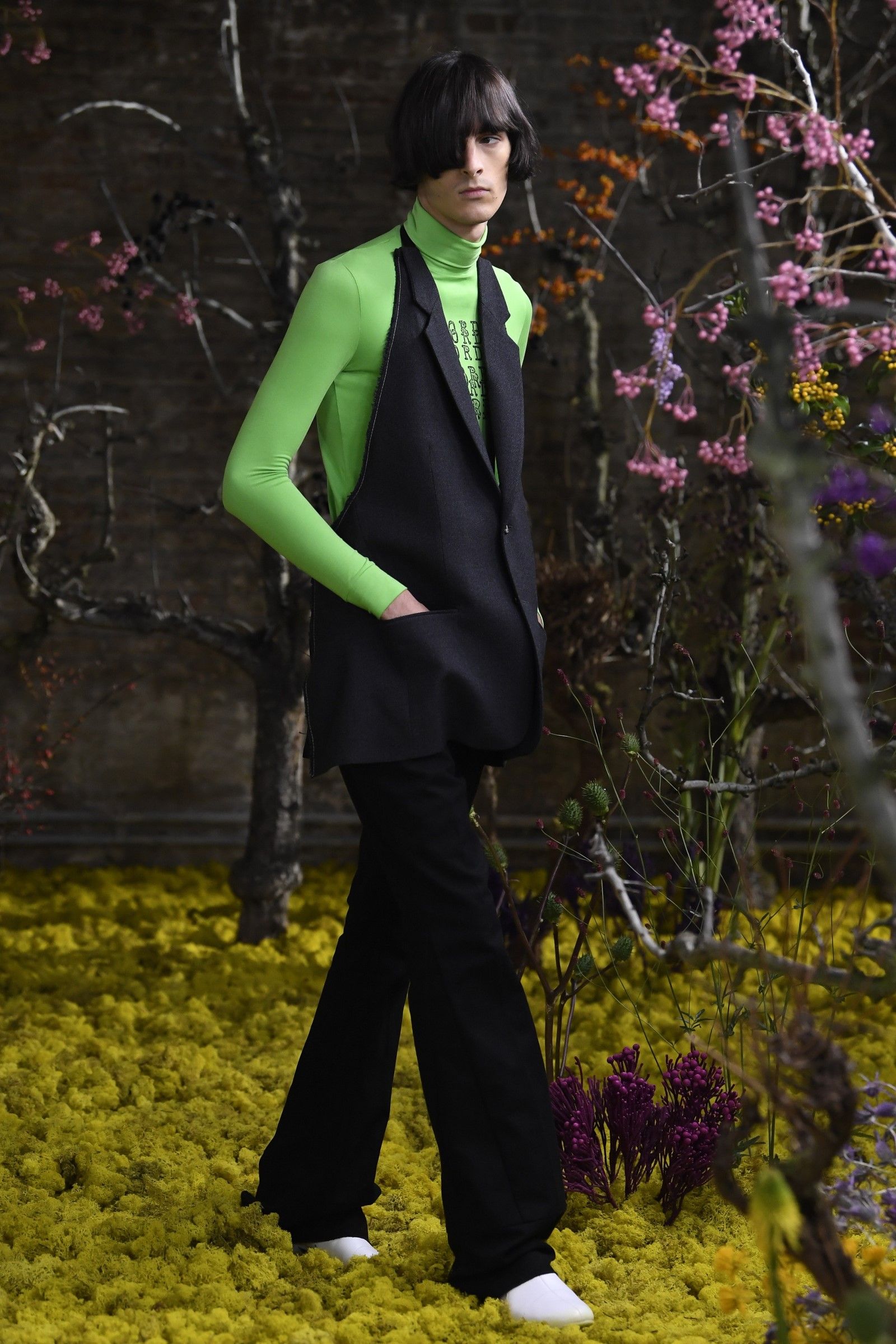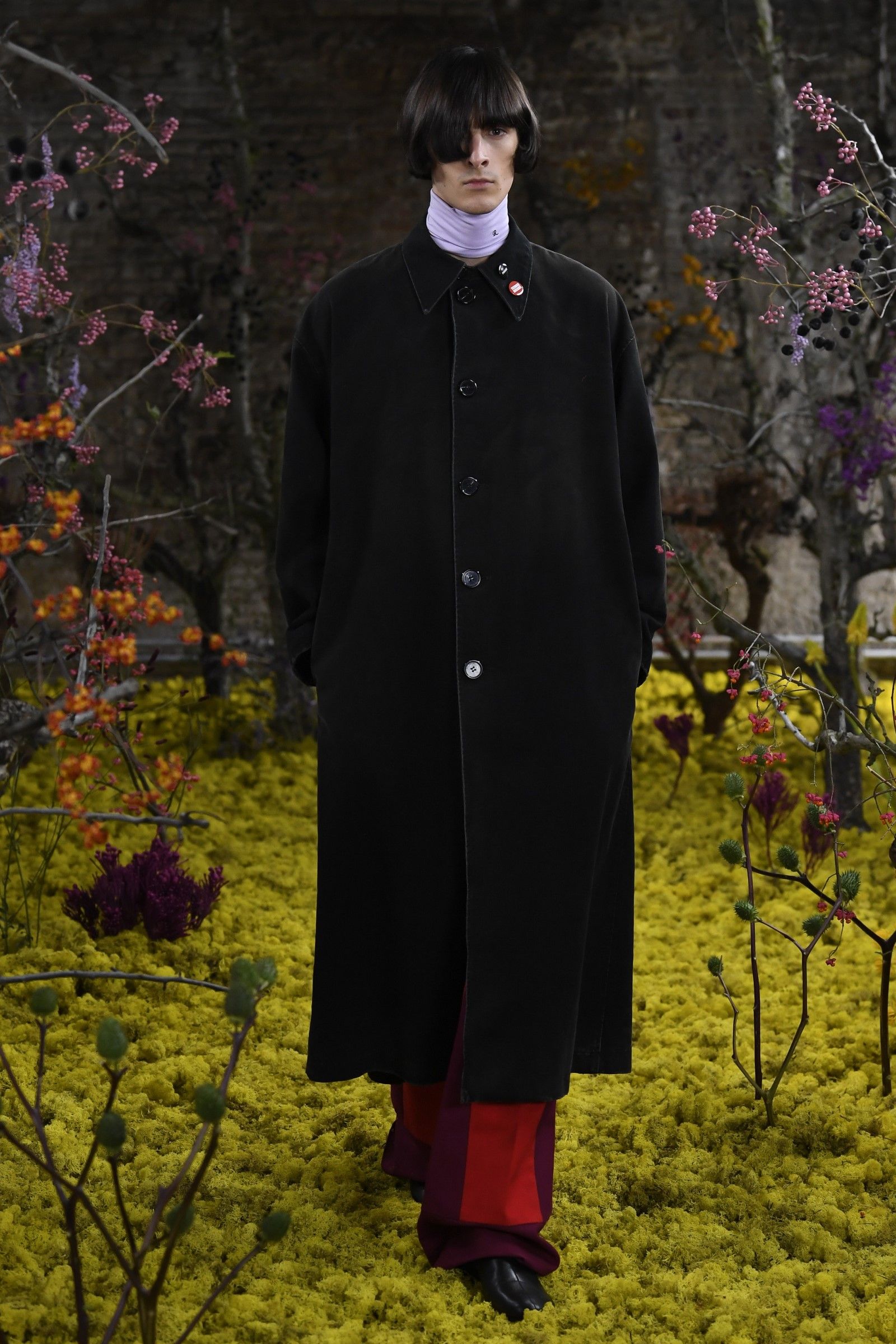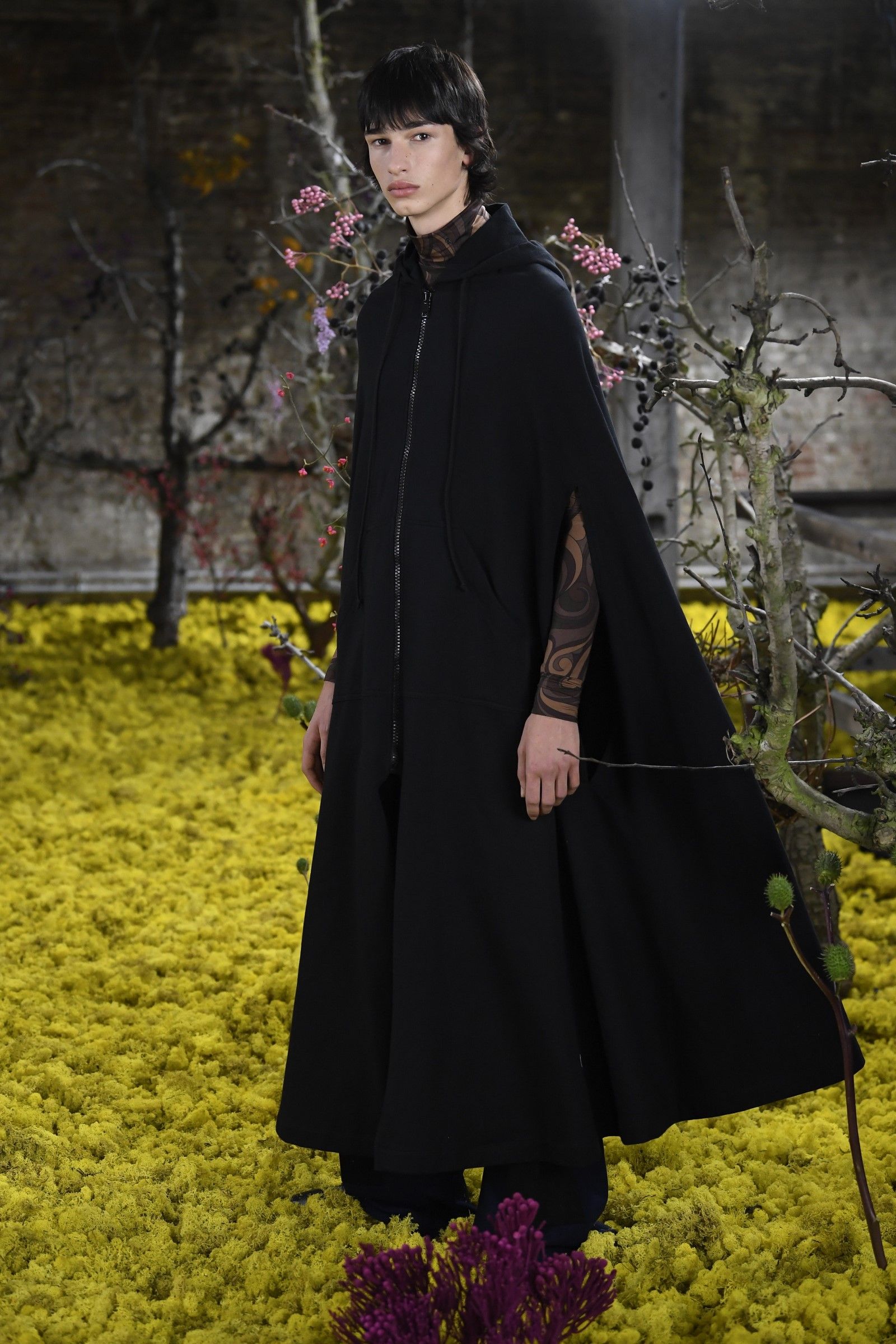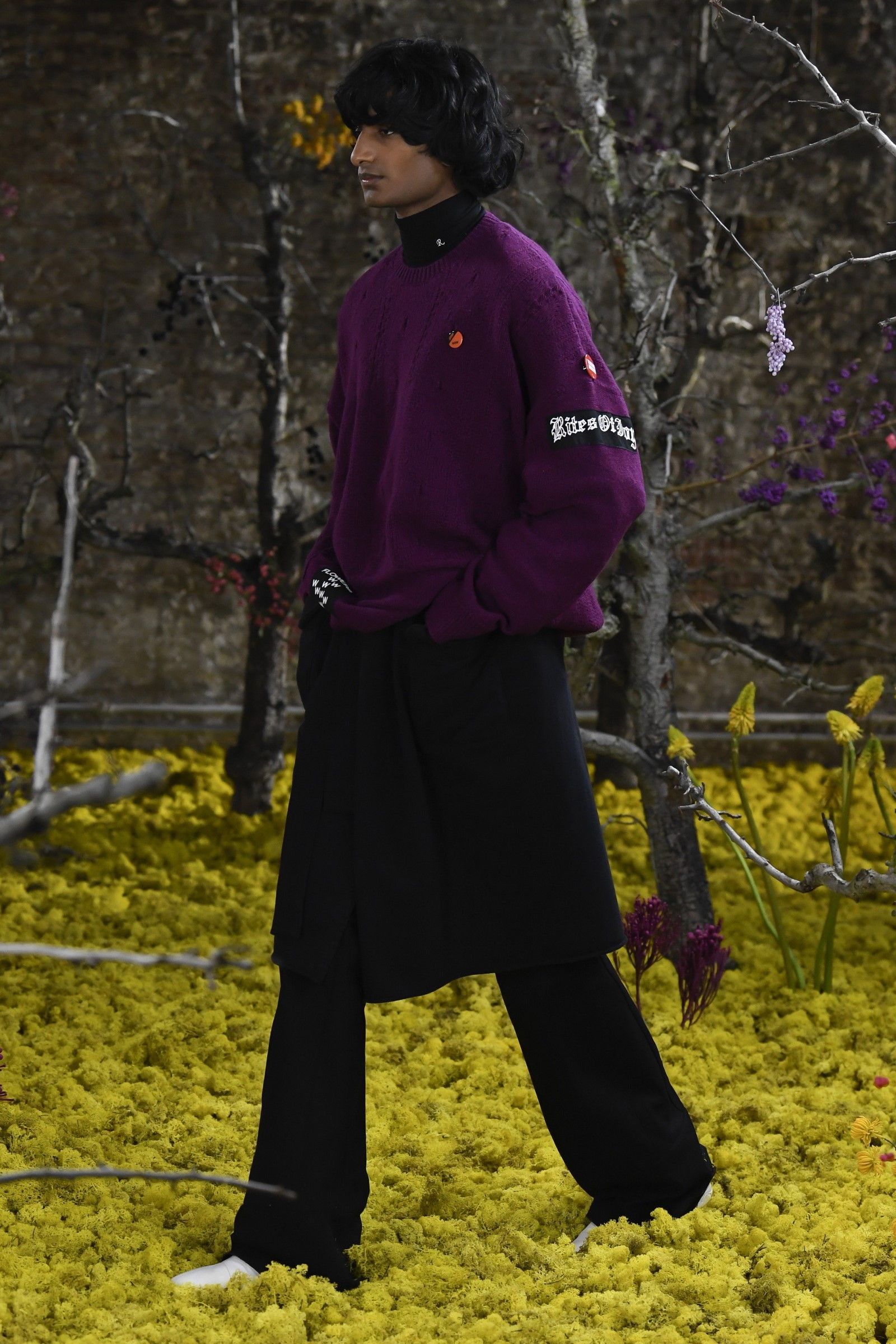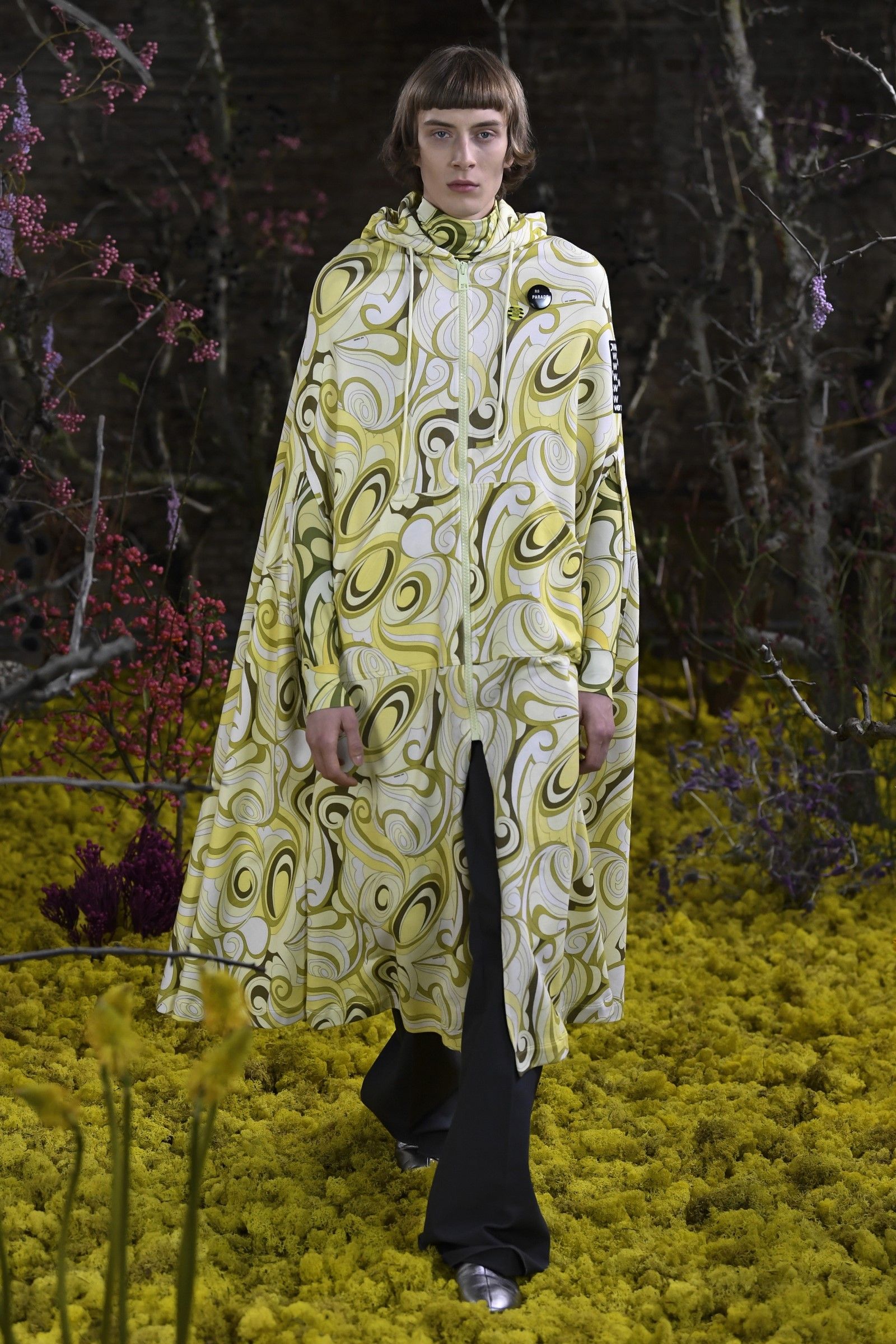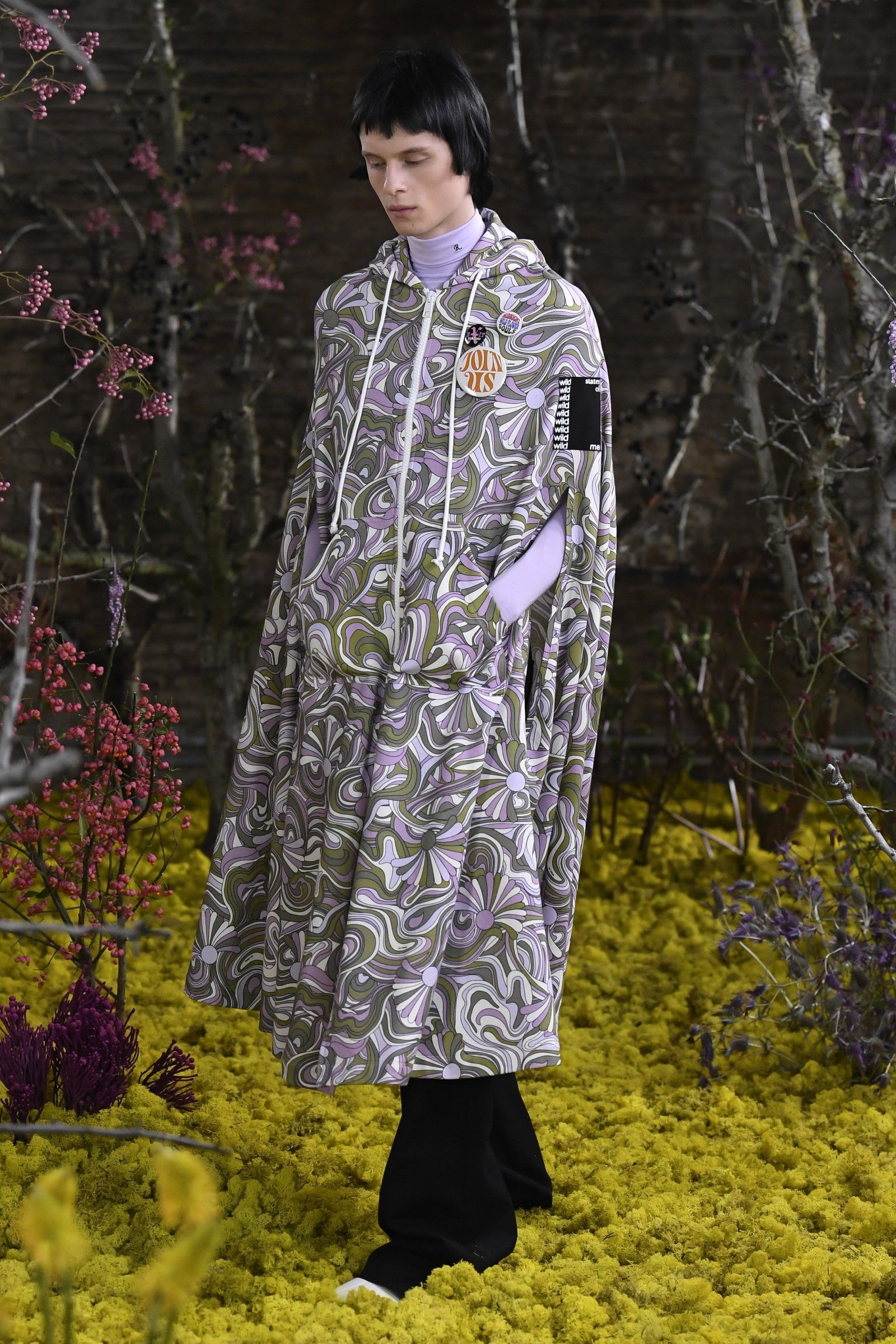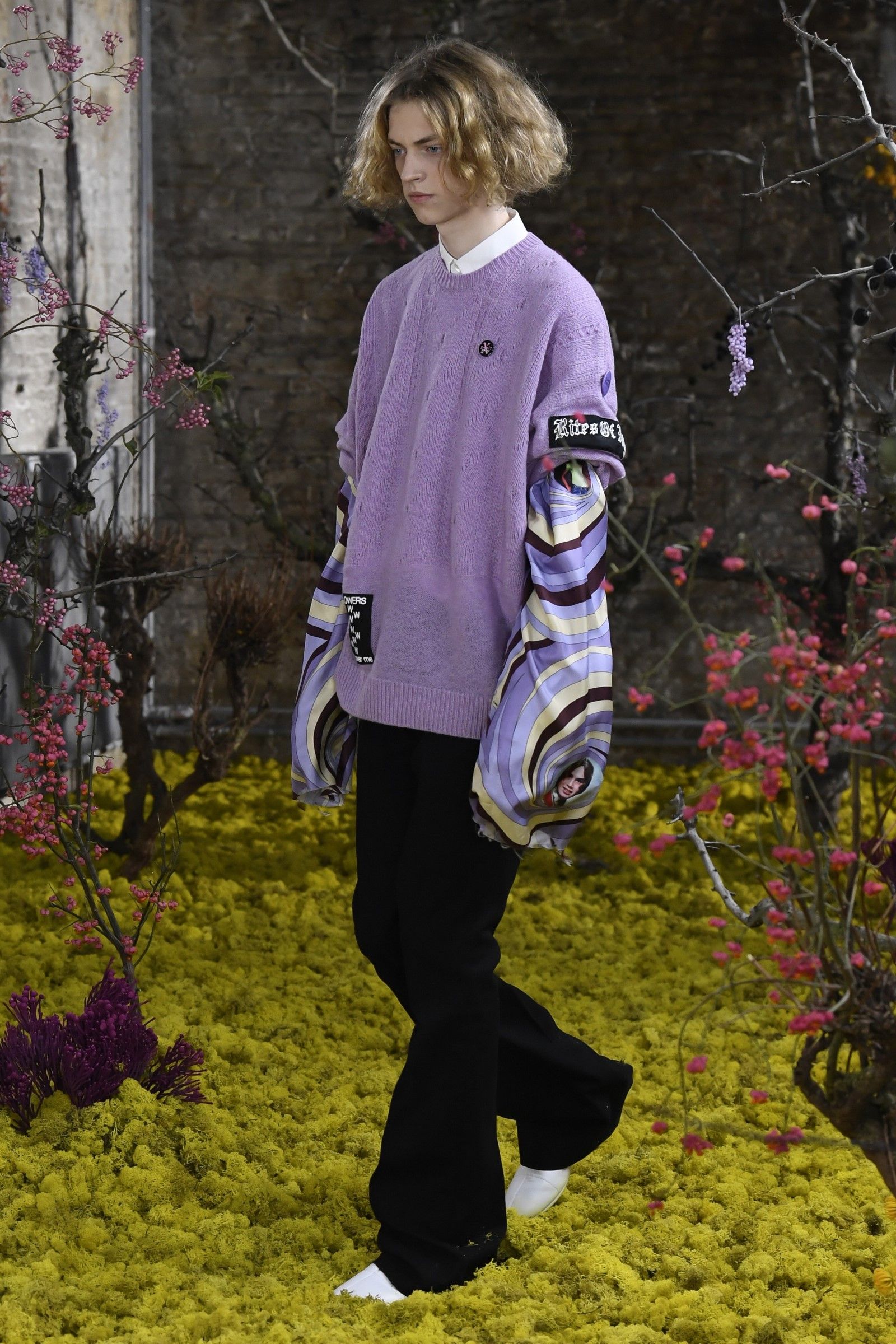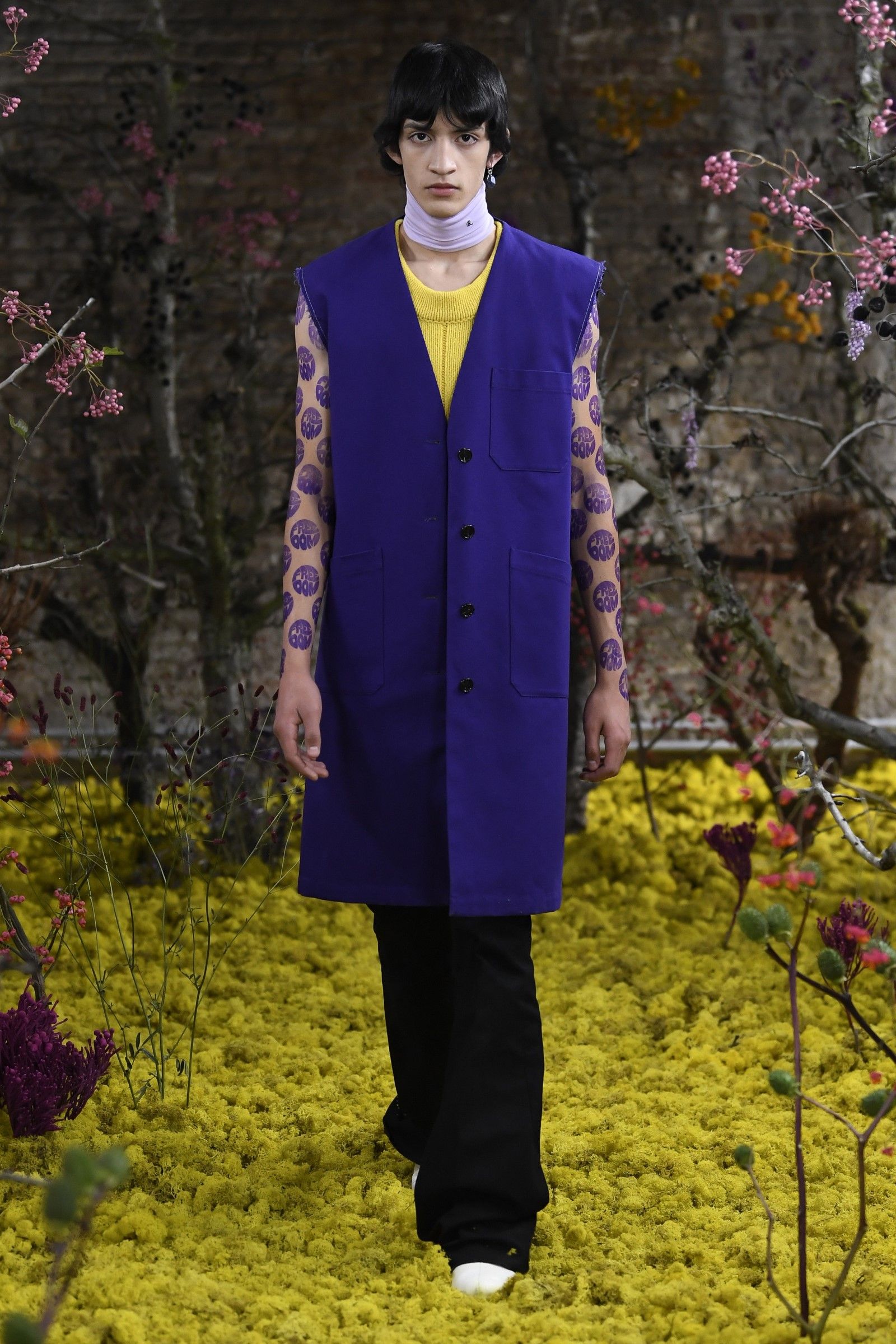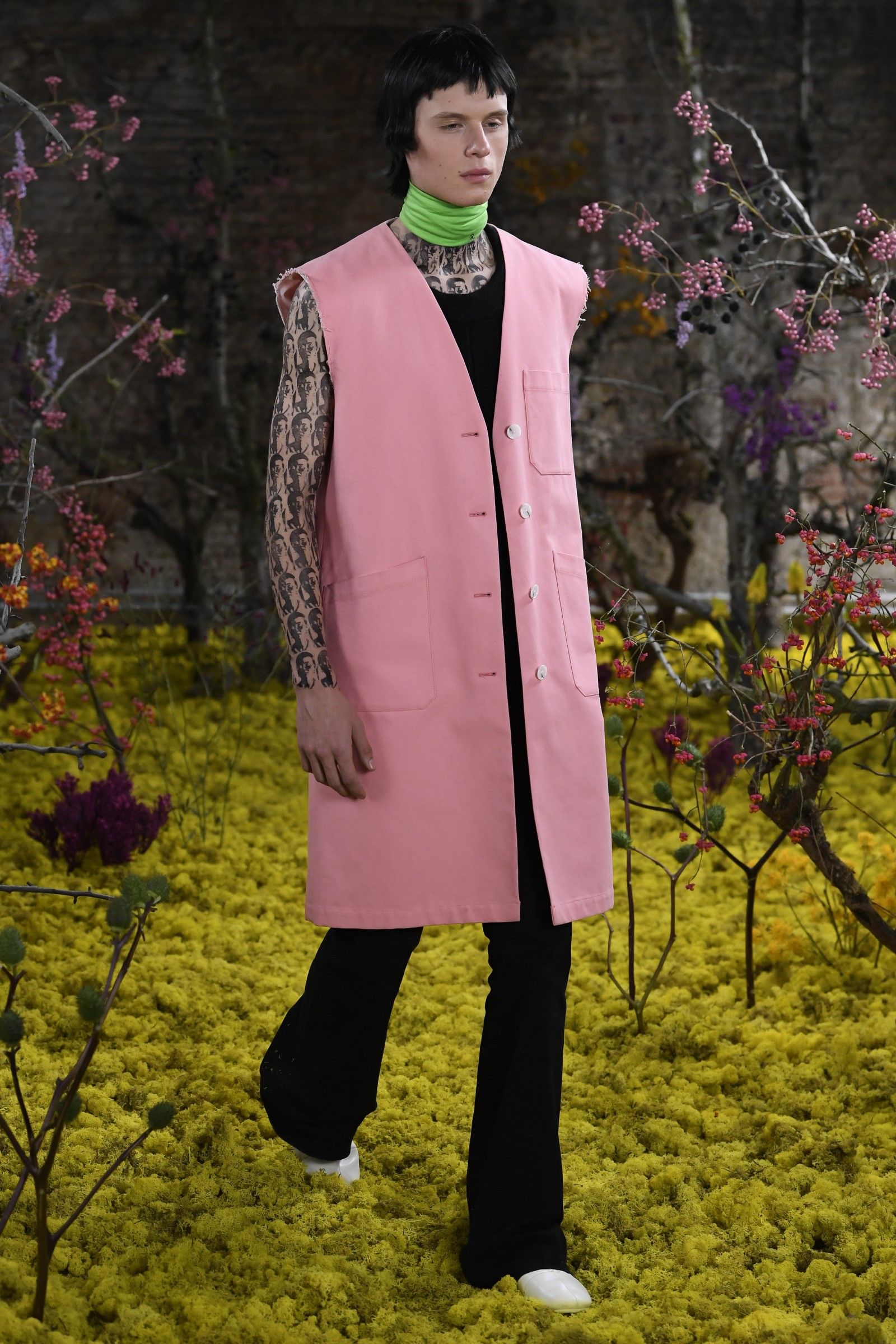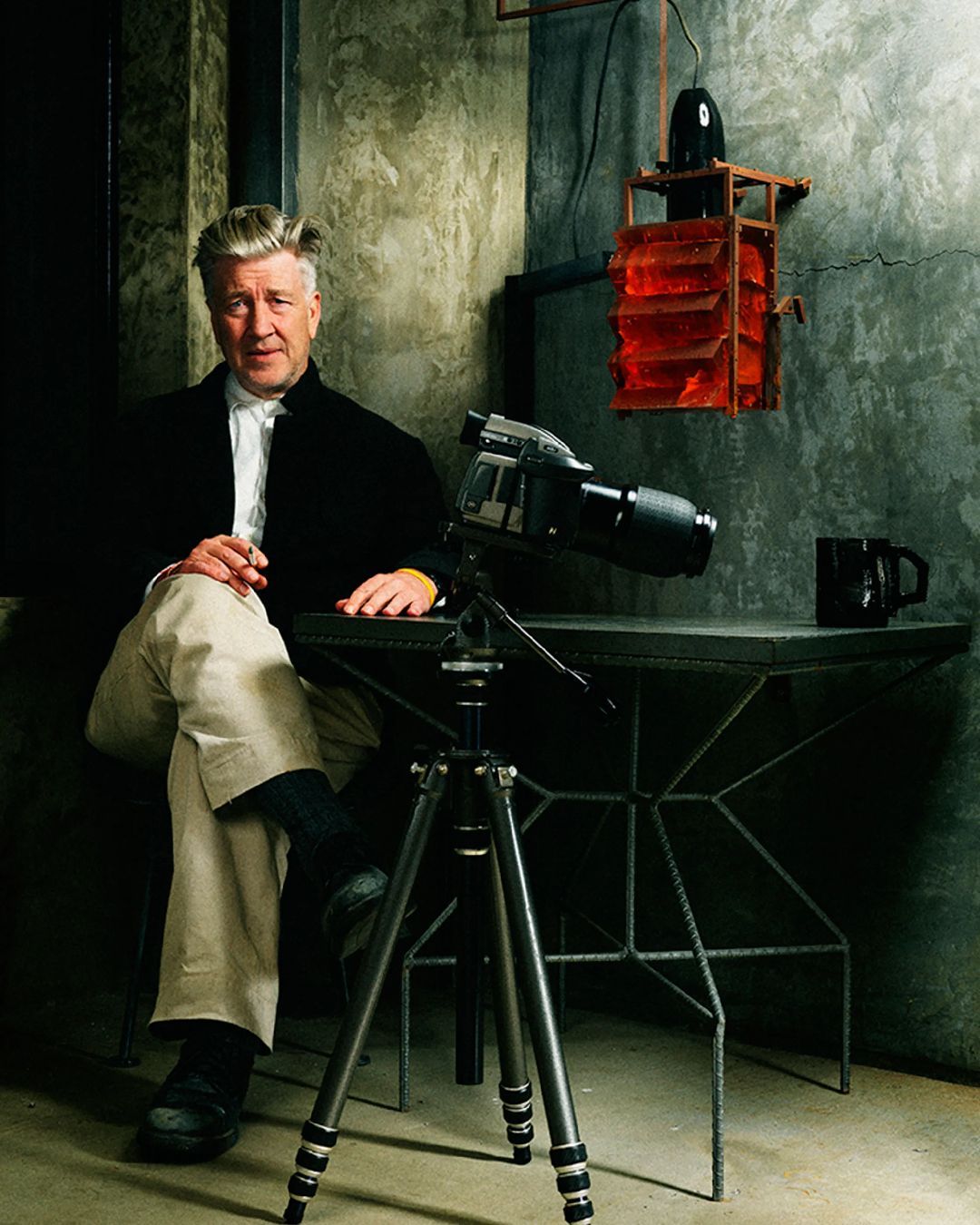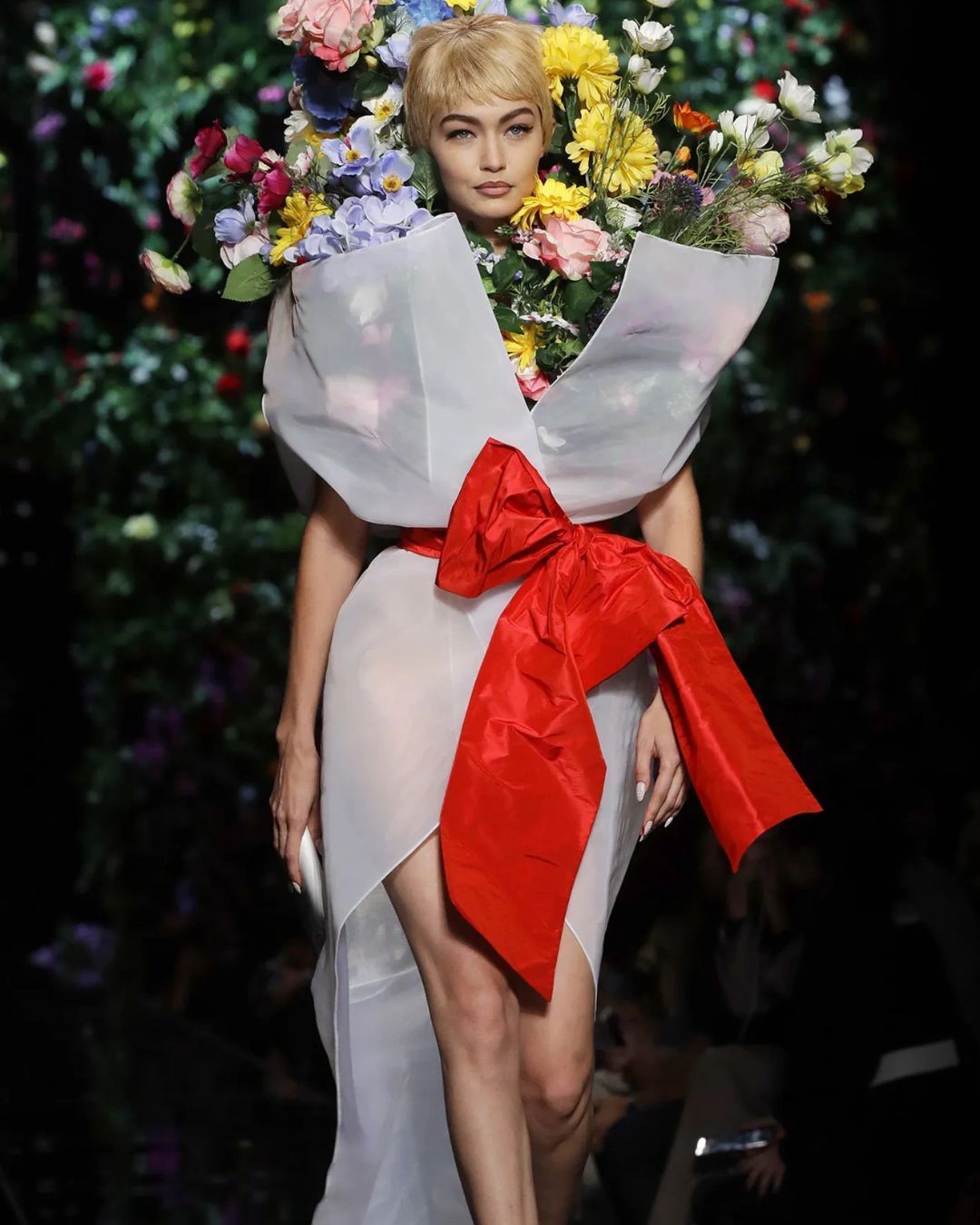
“Teenage Dreams”: Raf Simons' womenswear debut An instant classic
«Leave something witchy» Charles Manson told members of his "family" before the Tate-LaBianca massacre in 1969. And it almost seems that Raf Simons recalled that saying, that era, that singular mood suspended between the world of flower children, that of civil rights demonstrations and that of new age witches for his SS21 collection presented today with the very appropriate title of Teenage Dreams and which marked, for the first time in the twenty-two years of the brand's life, the debut of a collection of womanswear. This first women's collection signed entirely by Simons is certainly a milestone in the evolution of the brand even if the Belgian designer had already shown his dexterity in designing womanswear for both Jil Sander, Dior, Calvin Klein and Prada. A debut that therefore seemed completely natural, almost as if it were not a debut at all but always present.
«Something witchy» we said, and perhaps this phrase could have appeared alongside the slogan-leitmotif that decorated the many brooches present on the seventy looks. The collection presents itself as a very compact and coherent whole, thanks to the video presentation set in a sort of dreamlike garden, to the rhythm of dark ambient music on which the models, as in trance, come out crawling from a wall and then fall asleep on a carpet of flowers, in an atmosphere steeped in mystery as well as a probable reference to Simons' famous FW03 collection, titled Virginia Creeper and inspired by the Ivy League world and the American horror slasher genre.
Color-blocking and layering are the two pillars of the looks, accompanied by simons' various "signatures" such as photo-appliques, sleeve removal, aforementioned brooches and oversized dresses. If you were to ask the question: «How is the Raf Simons woman?» The answer would be: «Just like the man, but with skirts». The naturalness of the womenswear debut also passes from the substantial similarity of the two collections – underlined by some mirror looks that appear with minimal variations for both. A demonstration that the precise but very multifaceted aesthetic of the Belgian can be declined to the feminine without forcing because it is fully transversal as well as of course androgynous, as well as very refined after the two decades of absolute fashion protagonism by Simons.
The mood of the collection, as always when Simons' hand is in the way, it is very retrofuturistic, in the sense, that is, that if the individual dresses (loden coats with an aged appearance, sleeveless blazers, long cloaks and a psychedelic pattern proposed in various colors) recall a vintage era between the 70s and 80s, the use of layering, the details and the absolute fluidity of the design are fully post-modern and become futuristic in the high-necked jerseys with bright colors, in plastic overlays that line certain jackets and by a deconstruction of silhouettes that happens effortlessly. But you couldn't expect otherwise from the designer who once said:
«The future, for me, is romantic, I don’t understand people who say the past is romantic. Romantic, for me, is something you don’t know yet, something you can dream about, something unknown and mystical».










































